As home renovation trends evolve, the function of the bathroom is constantly being redefined. Modern shower systems are no longer simply a showerhead and valve combination; they are now integrated solutions that combine comfort, aesthetics, functionality, and technology. Through scientific design and intelligent integration, they offer a bathing experience that transcends traditional standards.
Whether you're a first-time homeowner renovating your bathroom or a designer planning to upgrade your bathroom, this comprehensive buyer's guide will help you fully understand the components, functional modules, and key considerations of modern shower systems.
1. What is a Modern Shower System? From "Components" to "Scene-Based Systems"
Traditional shower fixtures typically consist of a separate showerhead, outlet valve, and hose. Modern shower systems, on the other hand, are highly integrated bathroom features, typically including multiple outlet components (such as overhead showerheads, hand showerheads, and side showerheads), digital controllers, thermostatic valves, wall-mounted nozzles, and even integration with smart home systems.
The core value of a modern system lies not in the complexity of individual components, but in the integrated logic and user experience of the entire system. For example, a contemporary shower system might offer one-touch start, automatically adjusting the temperature, setting the water pressure, switching between modes, and activating lighting and music, creating a fully personalised bathing experience.
2. Main Components of a Modern Shower System
Ø Overhead Shower / Rainfall Head
Functional Positioning:
The overhead shower is the most iconic component of a modern shower system. Installed overhead, it creates an immersive bathing experience by simulating a "rainfall" or "waterfall" effect through a broad stream of water.
Common Forms:
Round/Square Ultra-Thin Overhead Showers
Recessed Ceiling Showers
All-in-One Overhead Showers with LED Lighting and Fragrance Functions
Recommended Materials:
Stainless steel or high-density ABS plastic with a waterproof coating for easy cleaning and rust resistance.
Ø Handheld Shower Head
Functional Positioning:
Highly flexible, it can be used to wash various parts of the body and is suitable for older people, children, and bathroom walls.
Common Additional Features:
Multi-mode adjustment (massage, rain shower, pulse)
Retractable hose (recommended length 59–79 inches)
Non-slip handle and adjustable bracket
Ø Body Jets (Side Spray)
Functional Positioning:
Mounted on the wall, parallel to the torso, providing horizontal or tilted water jets, simulating a spa massage experience.
Design Key Points:
Generally used in pairs or four-point configurations
Recommended for linkage with a thermostatic valve to achieve targeted thermal massage.
Adjustable direction design enhances flexibility.
Ø Thermostatic Valve
Functional Positioning:
Maintains a constant water temperature, preventing hot and cold fluctuations. Ideal for multiple users and high-demand winter use.
Types:
Mechanical Thermostatic Valve (knob adjustment)
Digital Thermostatic System (LED display, accurate to 0.5°C)
Ø Water Pressure Regulator and Diverter
Function:
Used to switch between multiple water outlets and maintain stable water pressure.
Note:
Three-way or four-way diverters are recommended for multi-functional systems.
High-rise apartments require special attention to water pressure requirements.
Ø Shower Control Panel
Core Components for Intelligent Design:
Digital touchscreen or knob combination
Supports water temperature presets and water flow memory
Can be connected to smart speakers and lighting systems
High-end systems also support remote app control and even voice commands (supports Amazon Alexa or Google Assistant).
Ø Concealed Fixtures
To maintain the aesthetics of the bathroom, modern showerhead systems often adopt a recessed design. Most of the piping and controls are concealed within the wall, leaving only the necessary panel and outlet components, ensuring a clean and minimalist look.

3. Additional Components and Functional Modules
In addition to the basic structure, modern shower systems may also include the following additional modules:
LED Lighting System
Creates a sense of ambience, with some systems changing colour (blue/green/red) in sync with the water temperature, enhancing the ambience and safety of the space.
Audio System
Built-in Bluetooth speakers or waterproof audio modules can play music, radio, or voice assistant prompts.
Fragrance Module
A built-in aromatherapy cartridge releases essential oils, which combine with hot steam to create a "home aromatherapy spa."
Steam Generator
Introduces wet steam into the bathroom, cleansing pores and promoting blood circulation. Suitable for transforming the bathroom into a "home steam room."
4. System Layout and Space Compatibility Recommendations
In US residential renovation projects, modern shower systems are commonly installed in the following bathroom spaces:
|
Space Type |
Recommended System Configuration |
Minimum Space Requirement |
|
Master Bathroom |
Overhead shower + Handheld shower + Body jets + Thermostatic valve + Control panel + Lights/Sound |
≥ 48 sq ft |
|
Guest Bathroom |
Overhead shower + Handheld shower + Thermostatic valve |
≥ 32 sq ft |
|
Hotel Suite Bath |
Overhead shower + Body jets + Smart panel + Aromatherapy + Anti-slip platform |
≥ 55 sq ft |
5. Key Considerations When Choosing a Modern Shower System
² System Compatibility
Ensure that the selected system is compatible with your home's existing hot water system and water pressure. If using an electric water heater, consider the power rating.
² Budget Range
Basic System: $300–$800
Mid-Range Multi-Function System: $800–$1,500
High-End Smart System: $1,500–$4,000+
² Brand and After-Sales Service
We recommend choosing brands with US-based technical support and warranty services, such as Kohler, Moen, Grohe, and Delta.
² DIY Installation vs. Professional Installation
Complex systems (especially wall-mounted systems or steam modules) should be completed by a licensed plumber or certified installation team to avoid the risk of later wall demolition.
6. Trends and Future Directions
Full Integration with Smart Home Systems
Modern high-end homes often integrate shower systems with bright lighting, voice assistants, and temperature control devices, enabling one-touch scenario-based functions such as "wake-up mode" and "sleep mode."
Prioritising Water Conservation and Environmental Protection
Many manufacturers have launched WaterSense-certified products, ensuring a pleasant experience while reducing water consumption, in line with the US Environmental Protection Agency's water conservation initiative.
Customisation and Modularity
Users can customise the control panel layout, water flow combination, number of shower heads, and colour scheme based on family members' habits, creating a truly personalised shower system.
Conclusion: A Shower Revolution for the Future
From a single showerhead to a highly integrated "smart shower space," modern shower systems have undergone a quantum leap in both functionality and experience. For American consumers who pursue comfort and prioritise home quality, upgrading their shower space is not only a lifestyle change but also an investment in physical and mental well-being.
When choosing a modern shower system, understanding its components and technical principles will help you make an informed and sustainable choice. Let every bath become a time to de-stress and enjoy life.

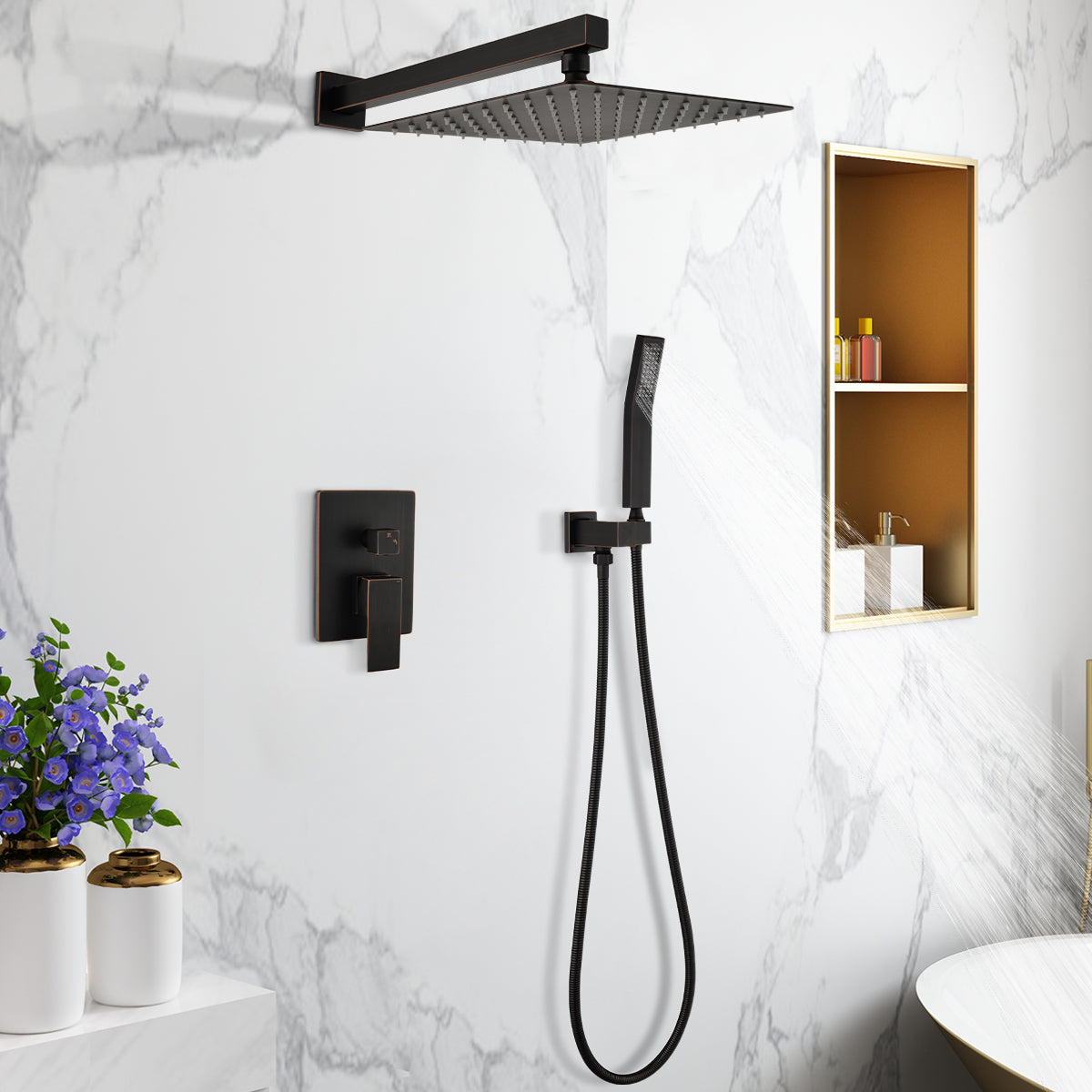
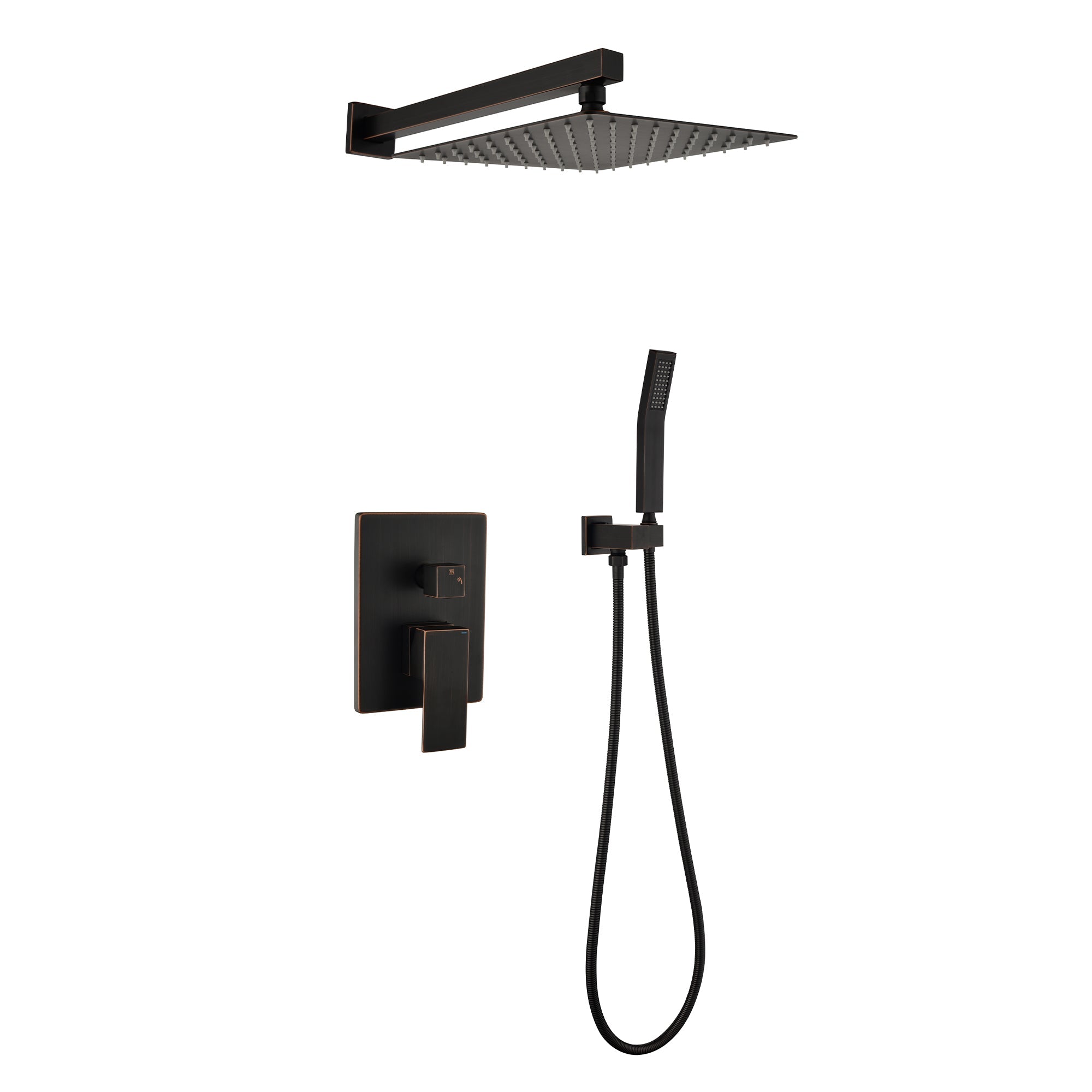


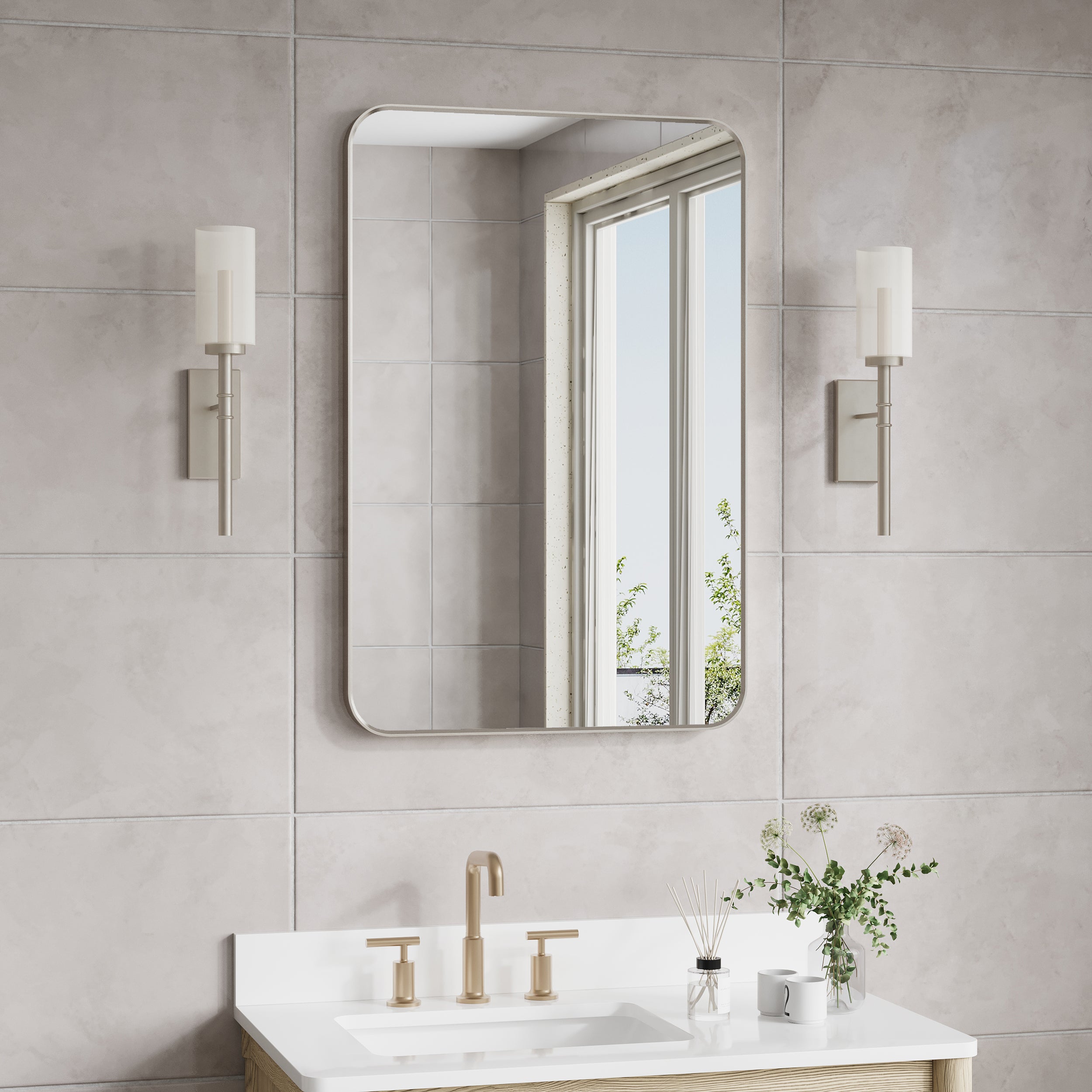
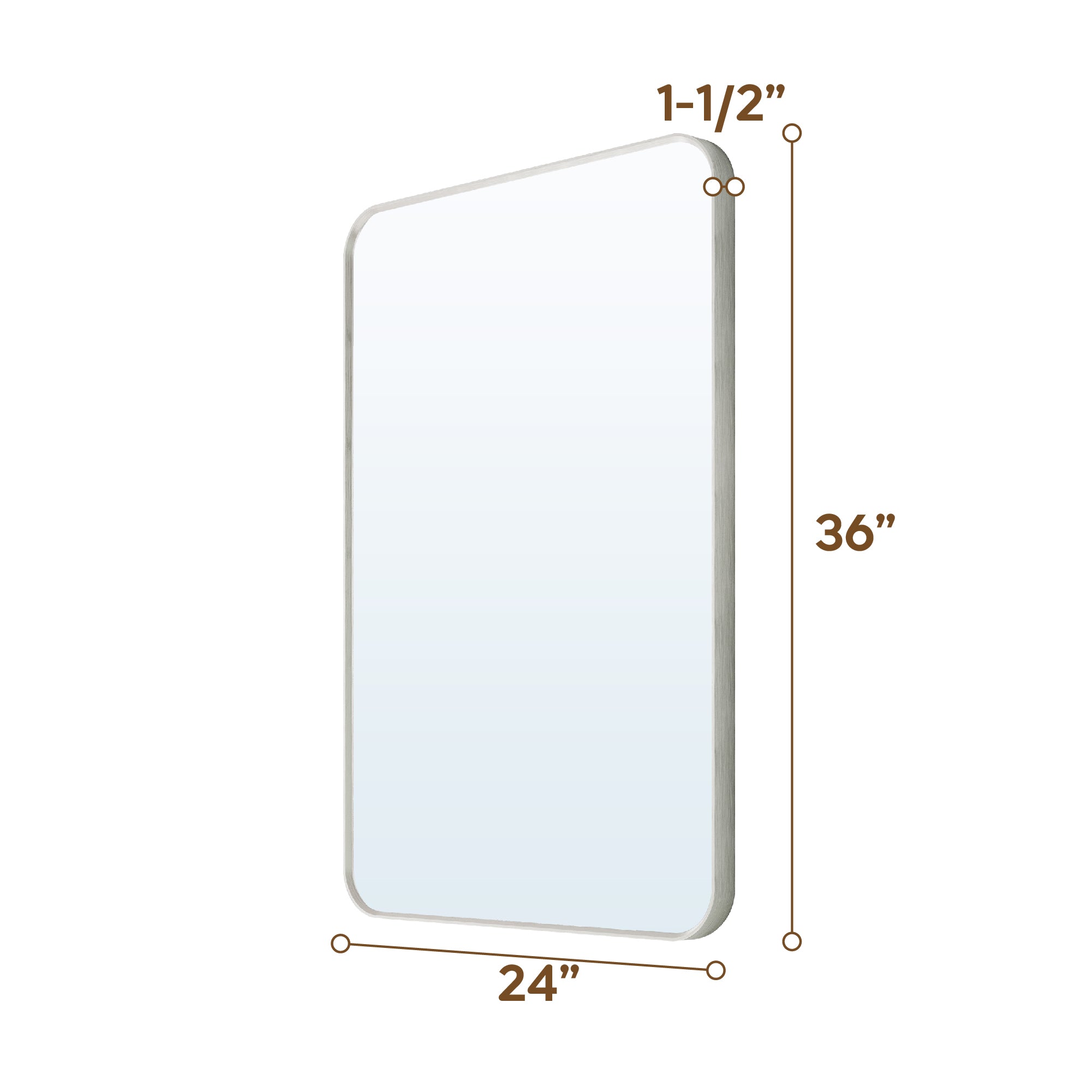

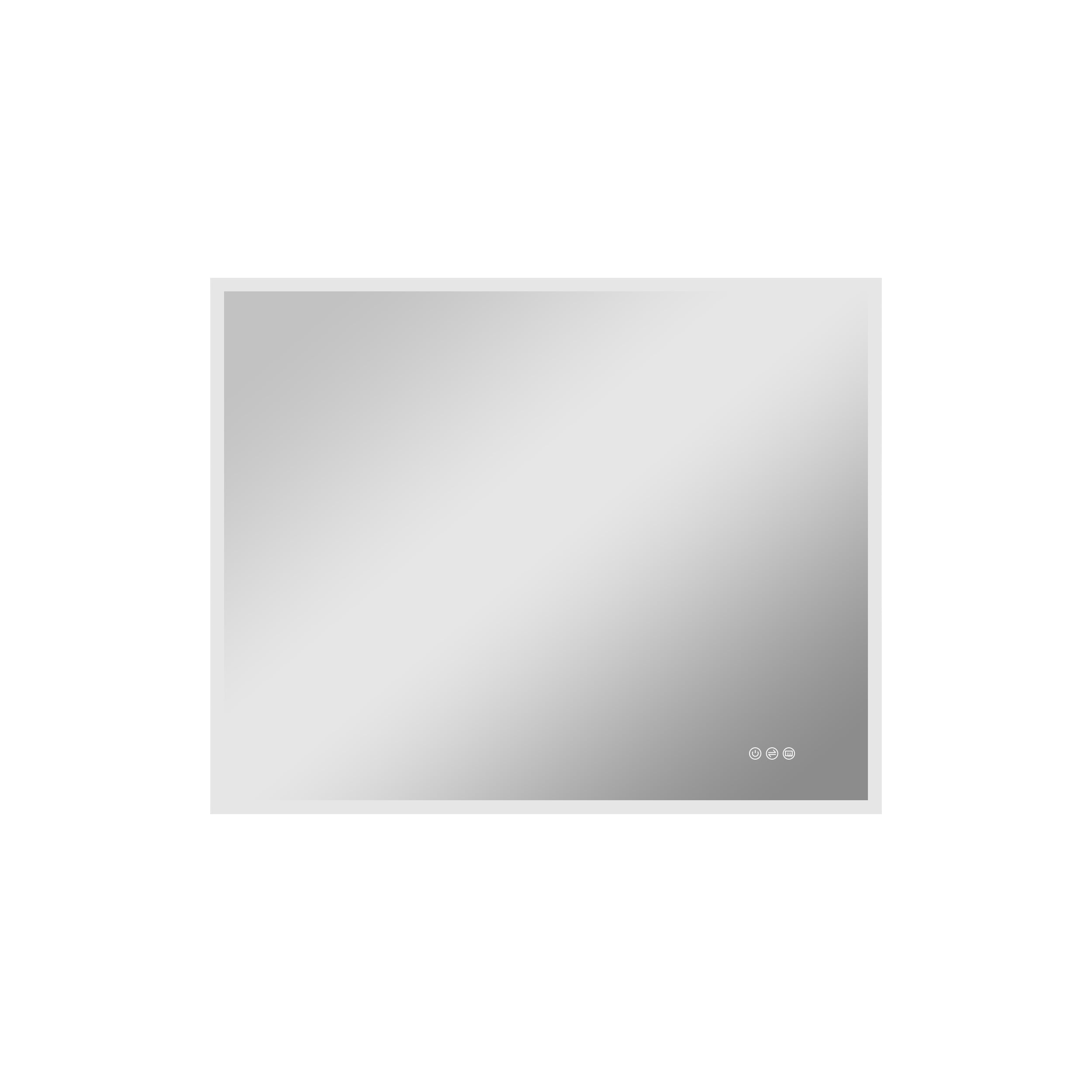


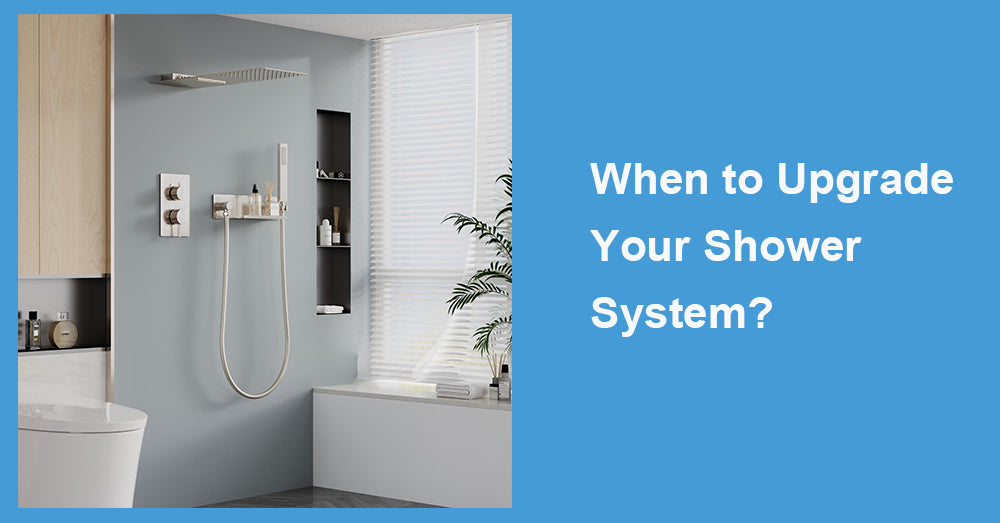
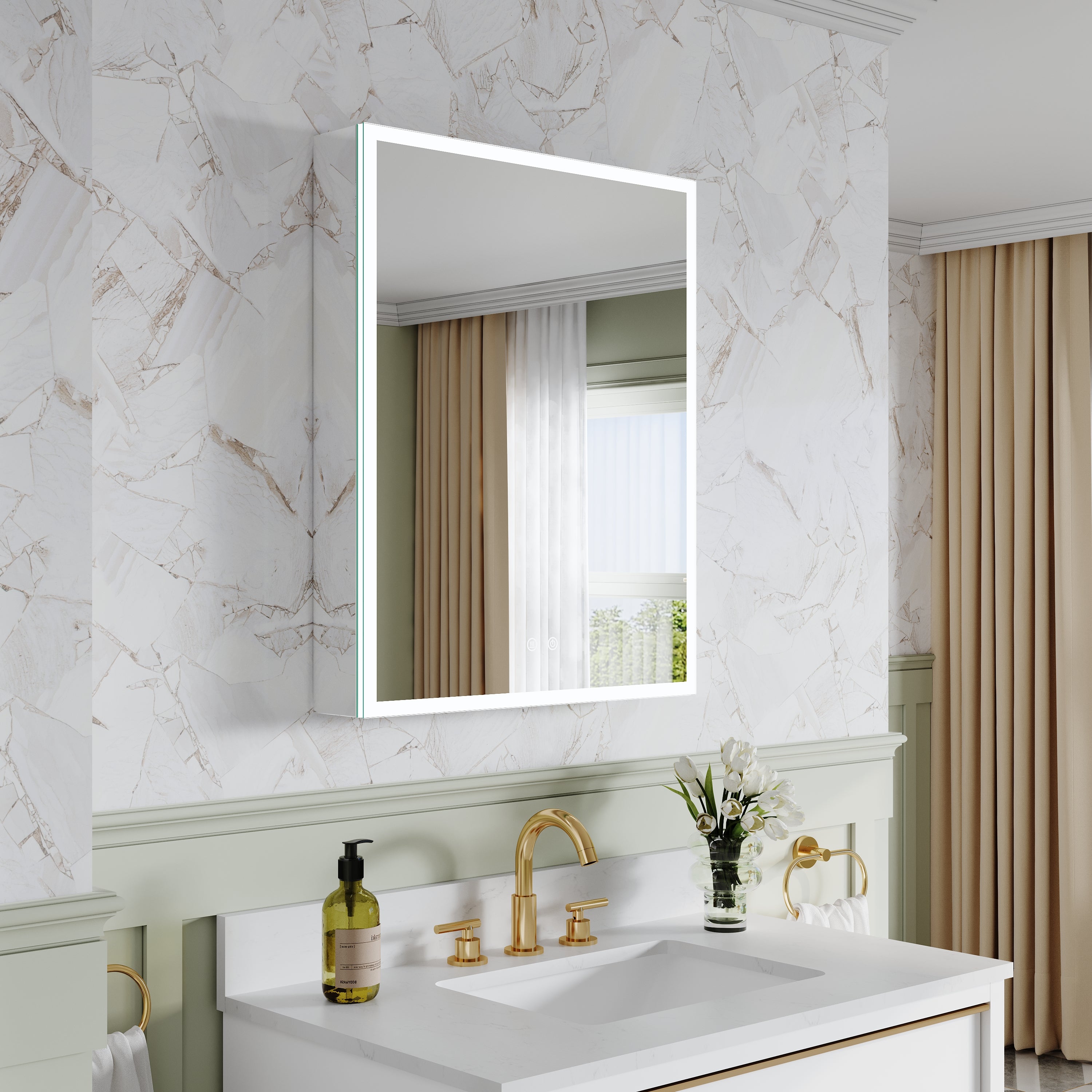
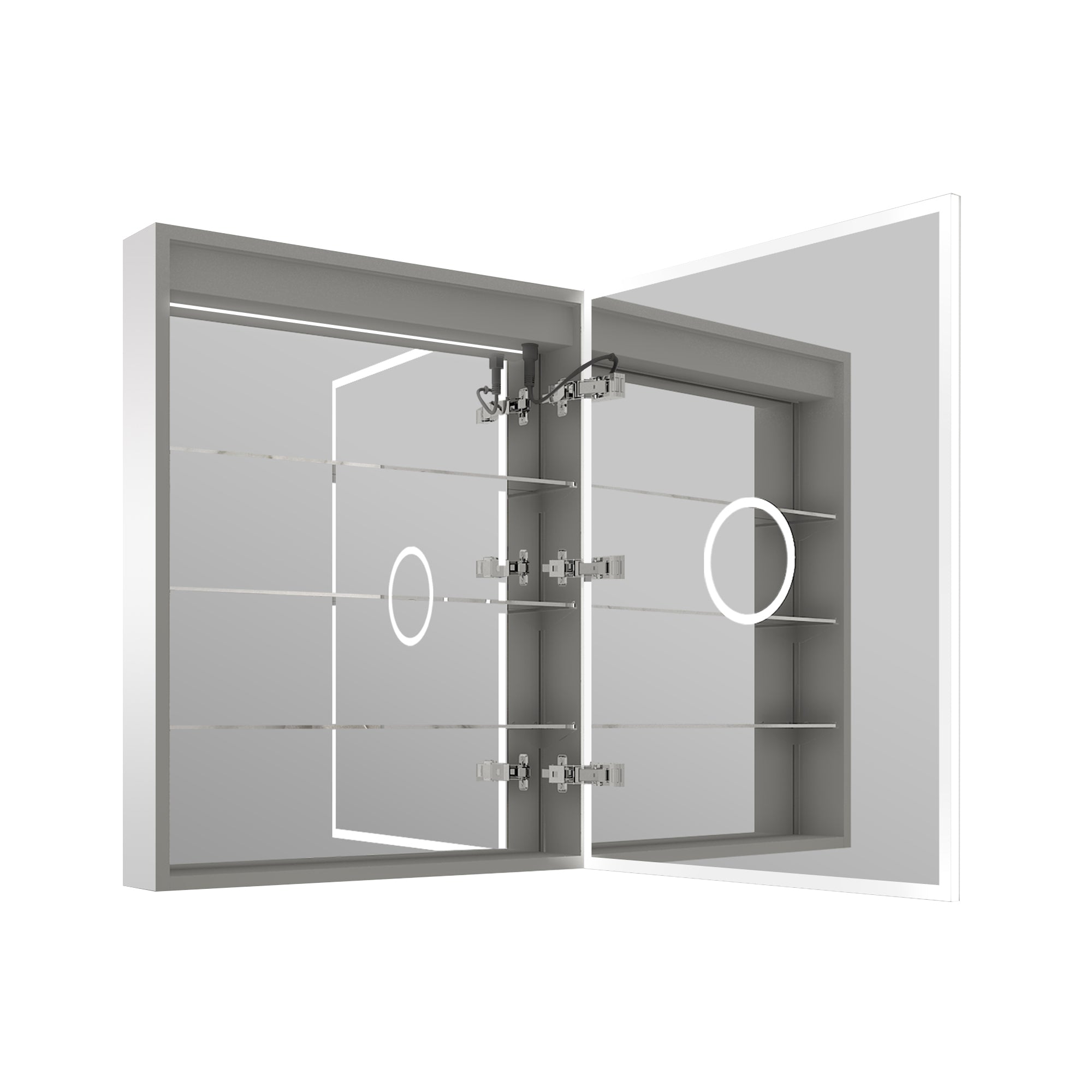
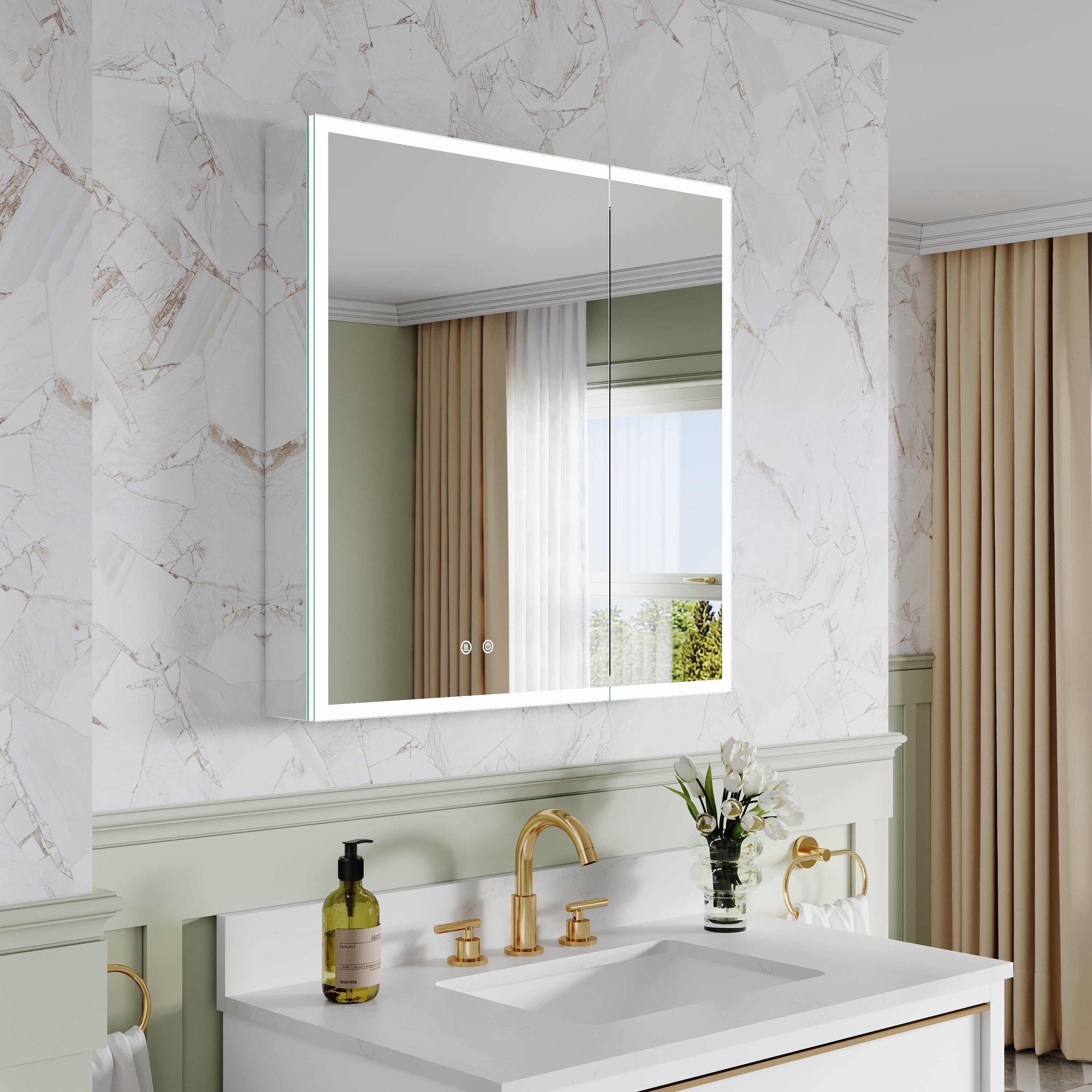
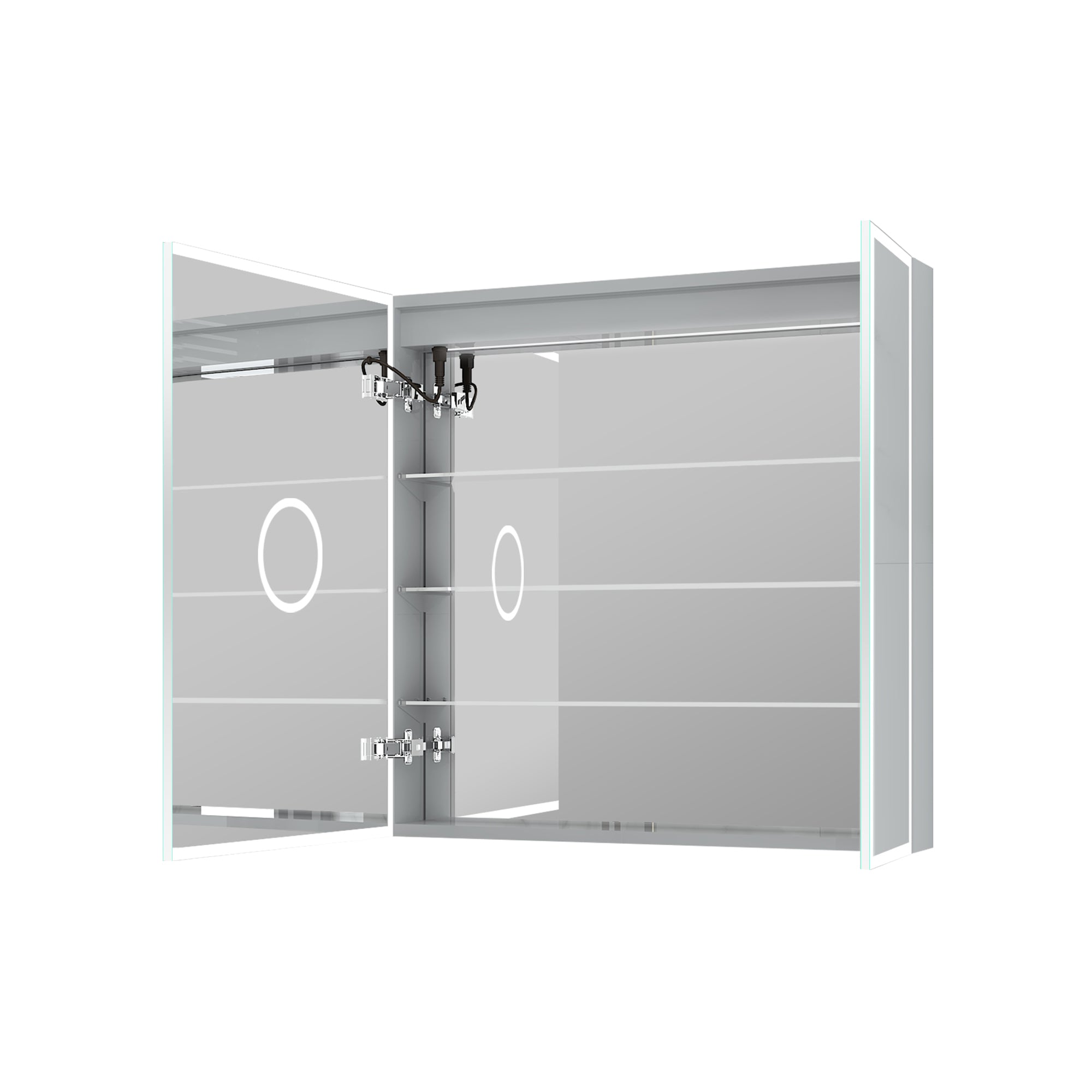
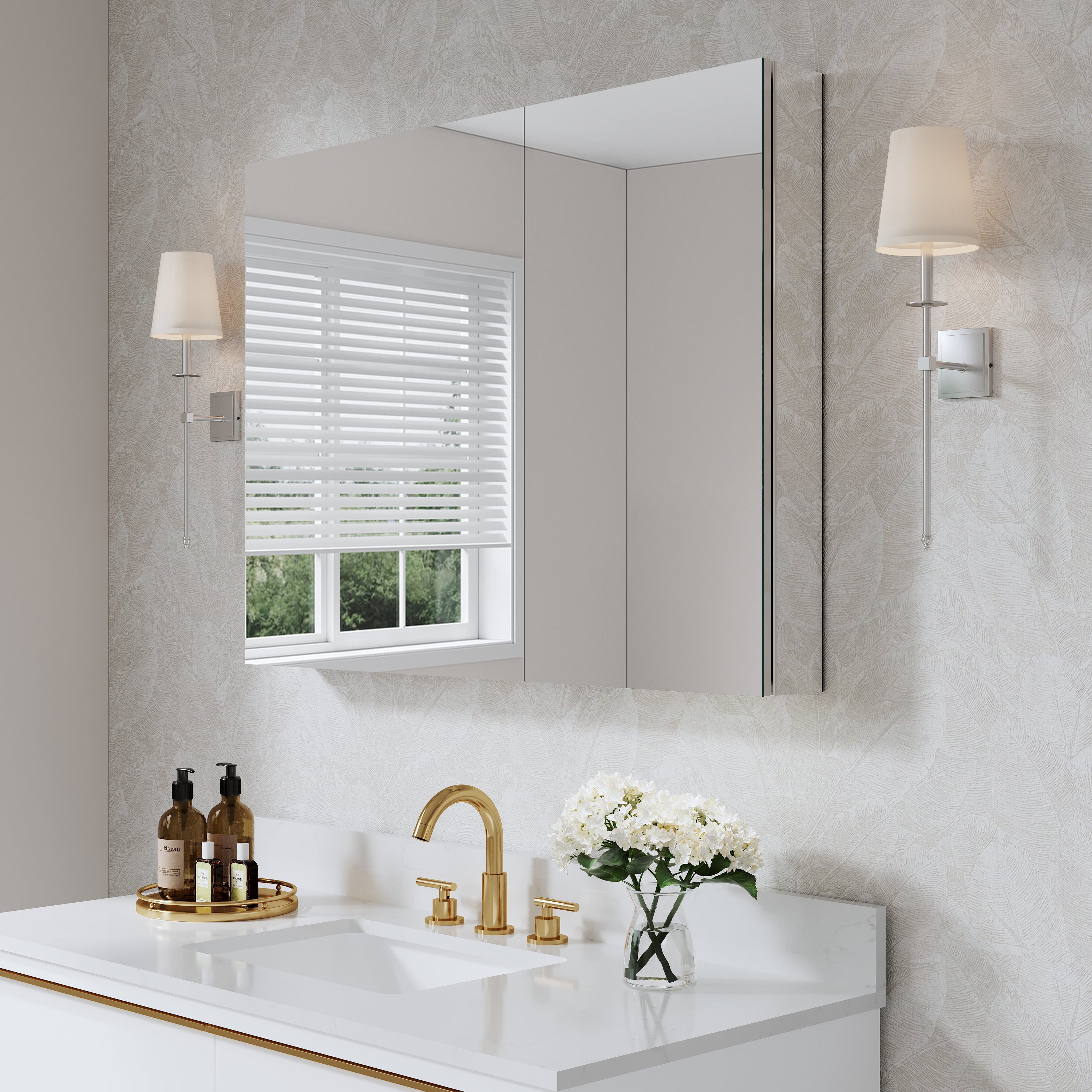

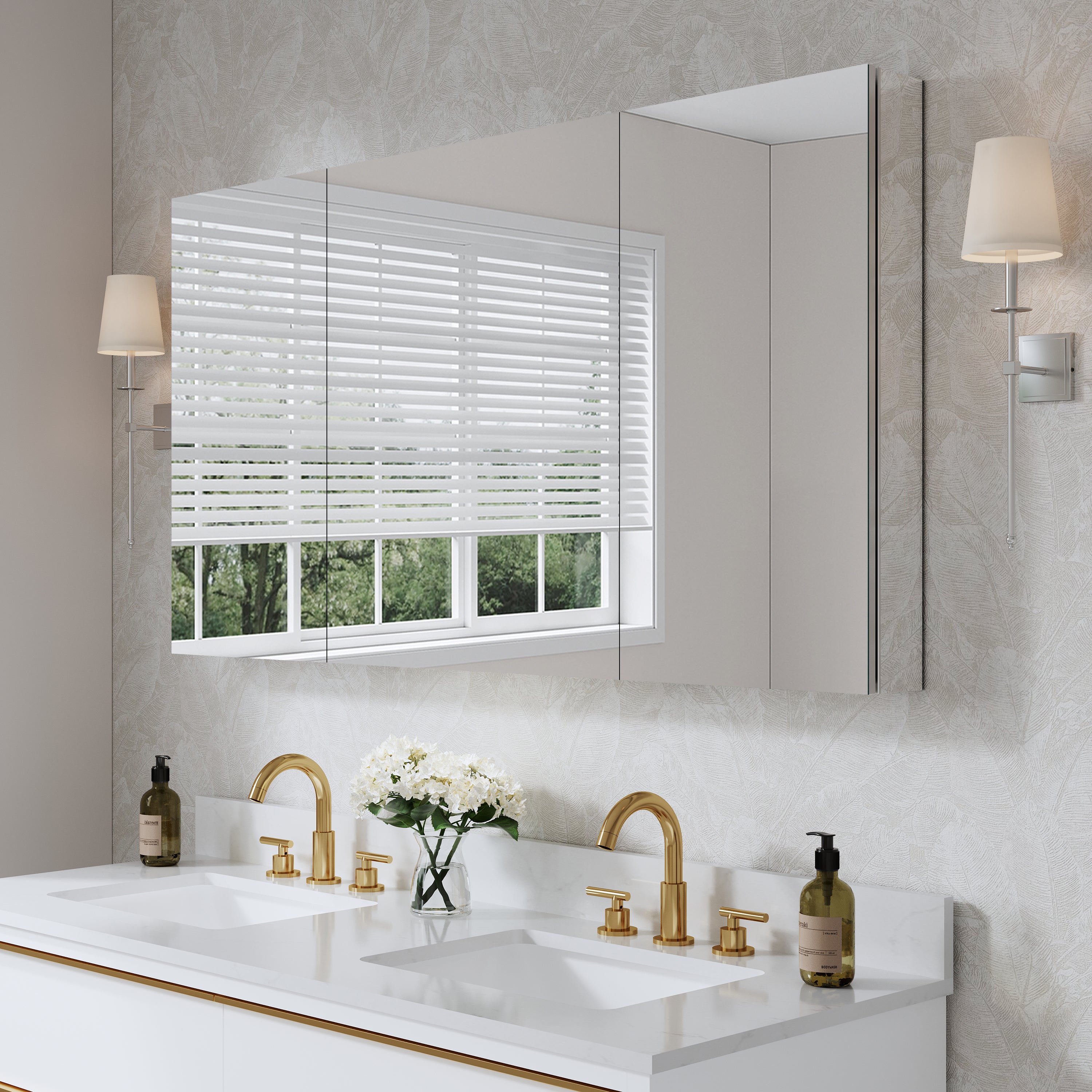

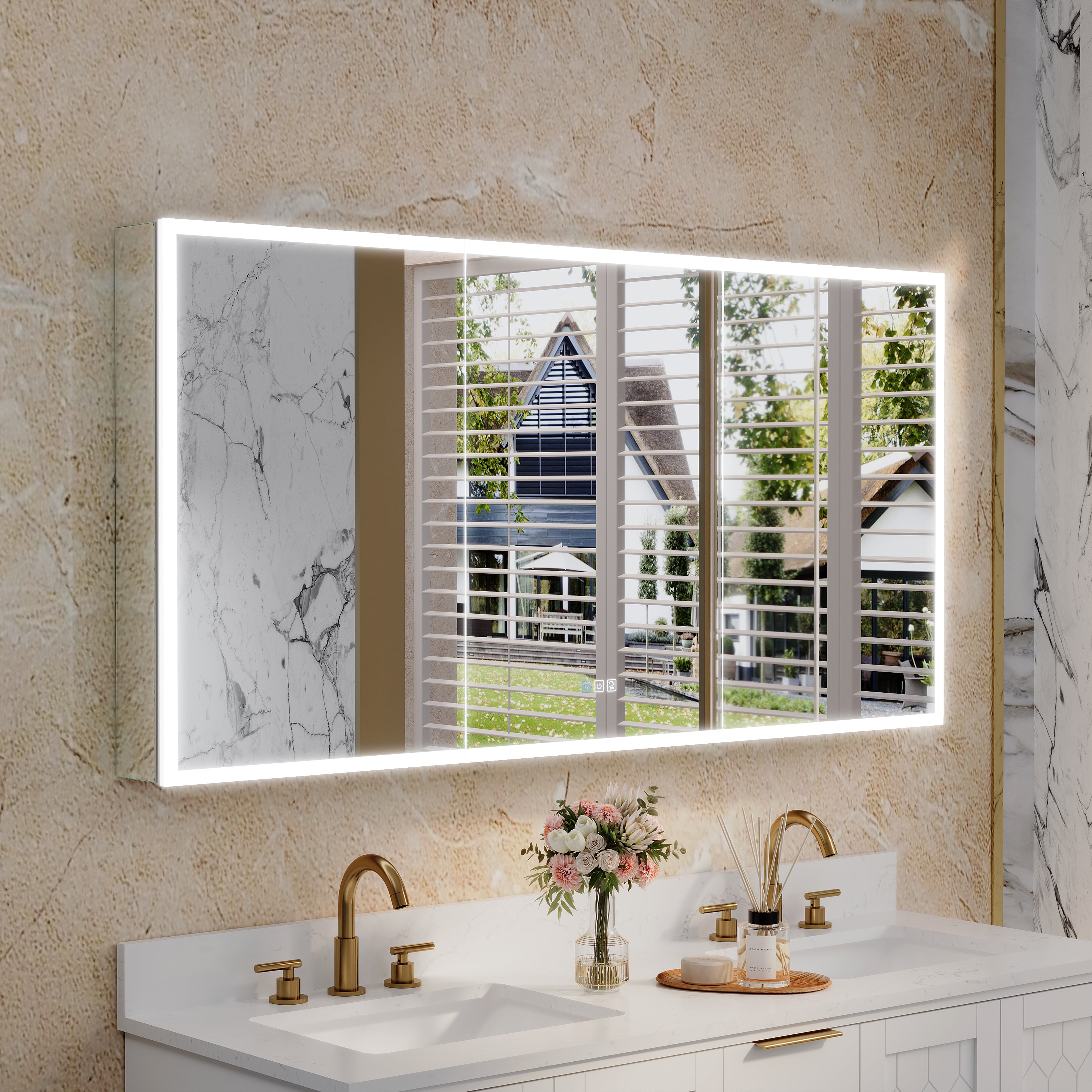

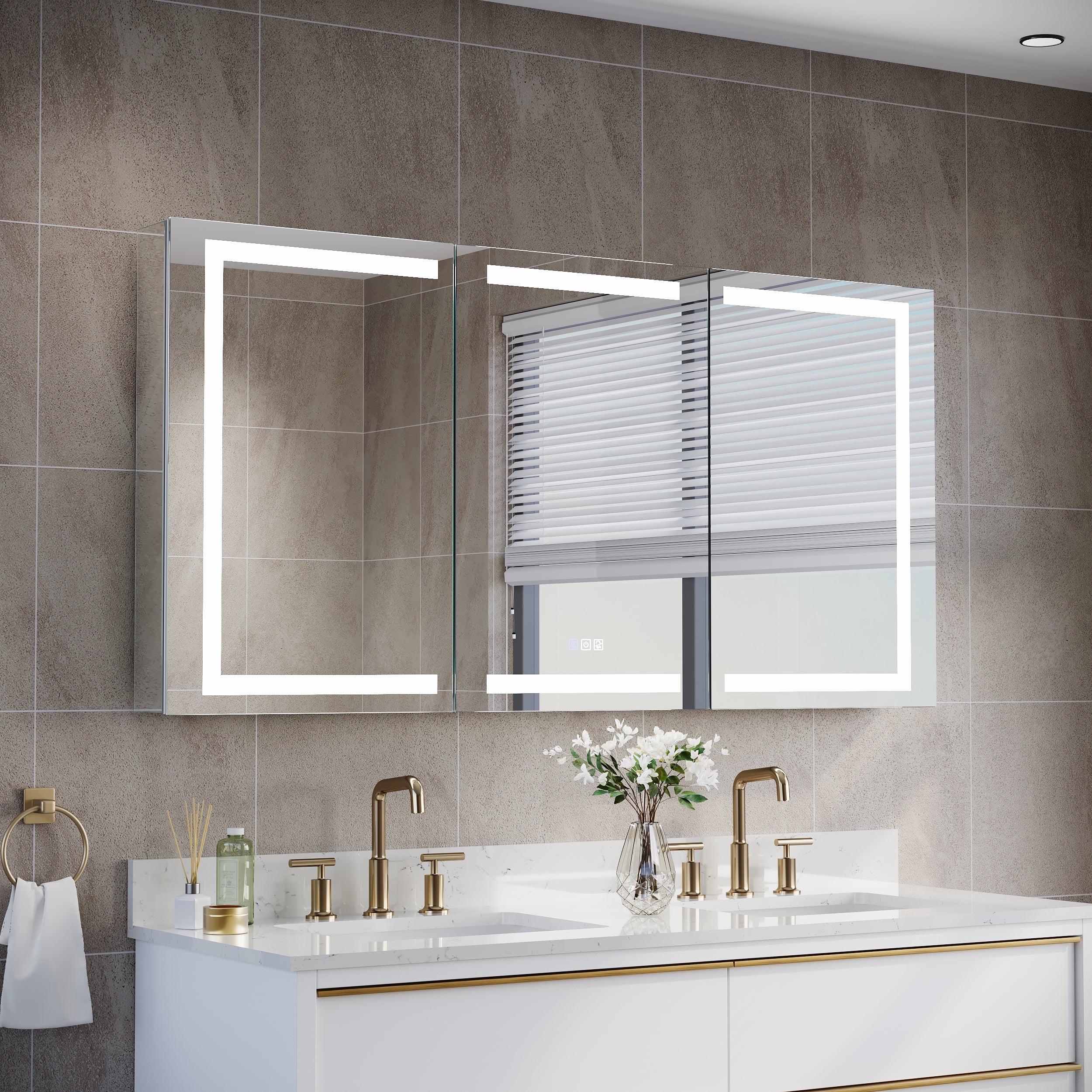


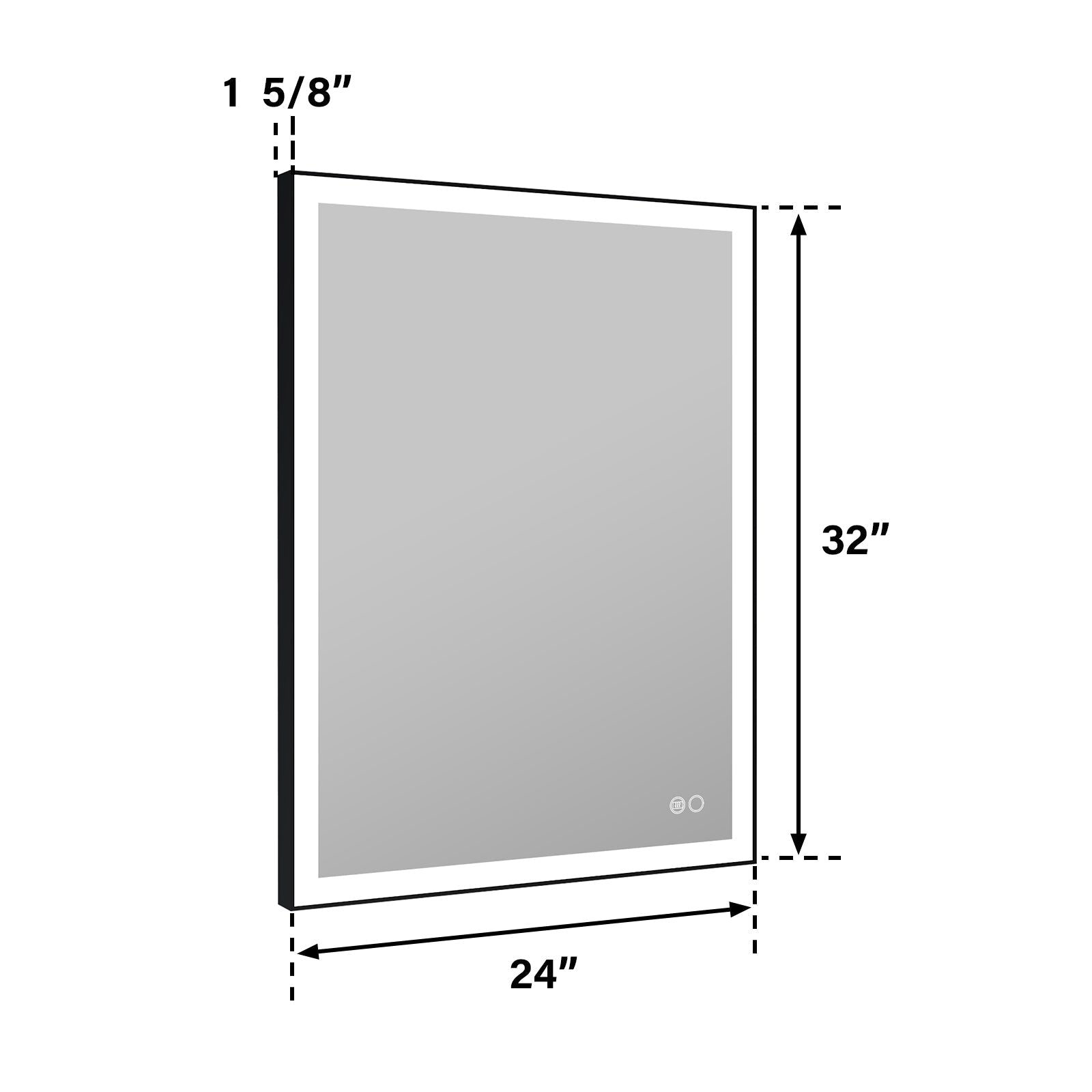
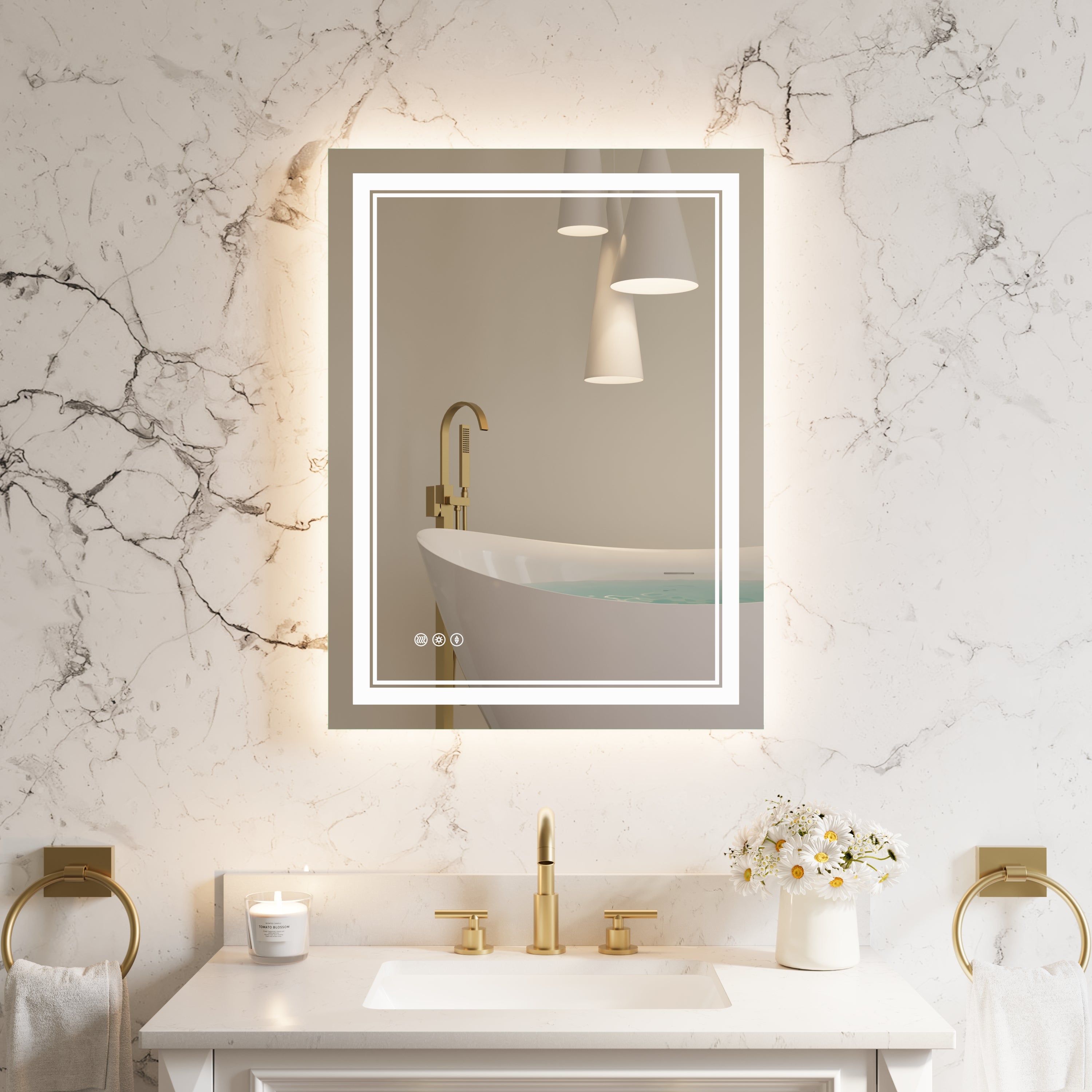
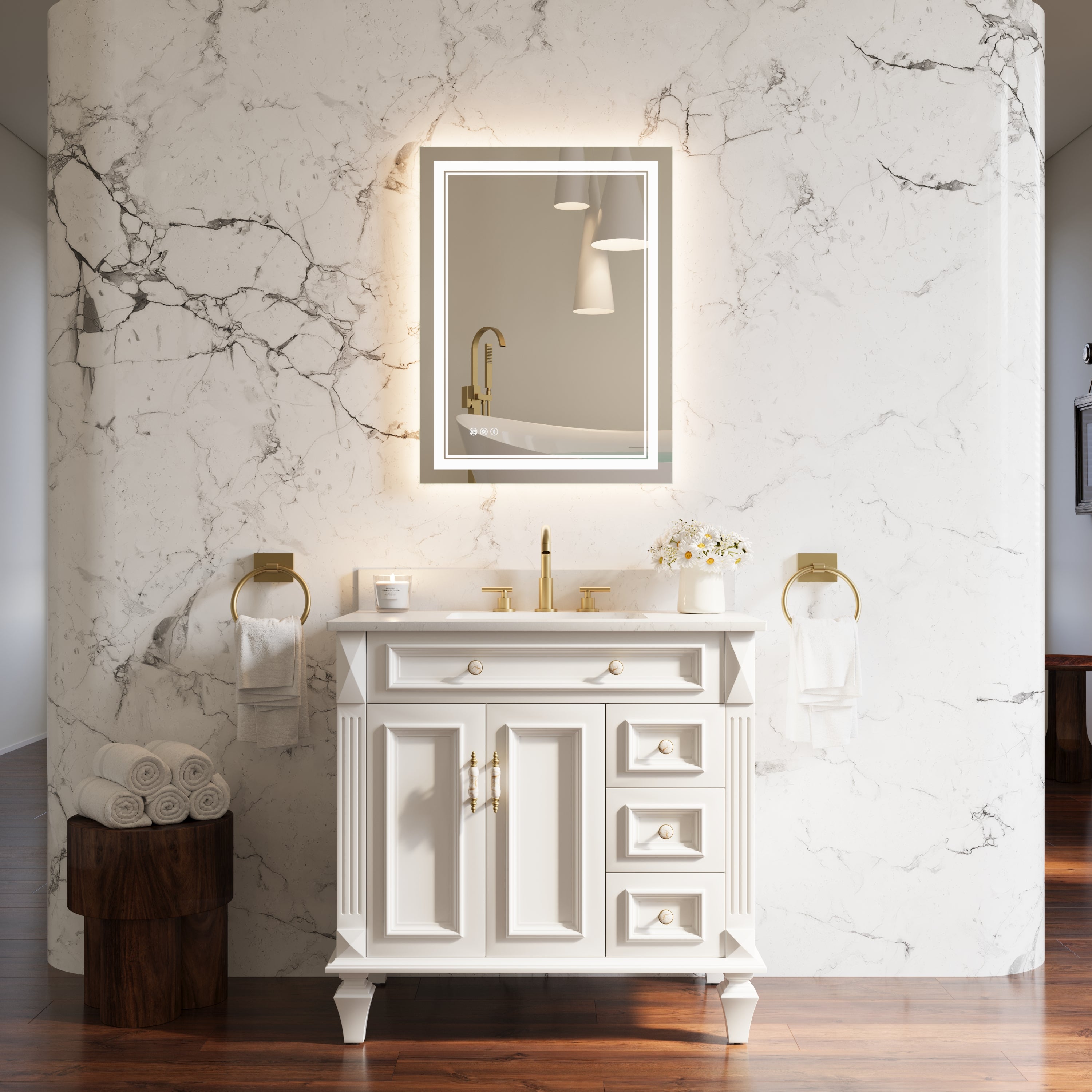
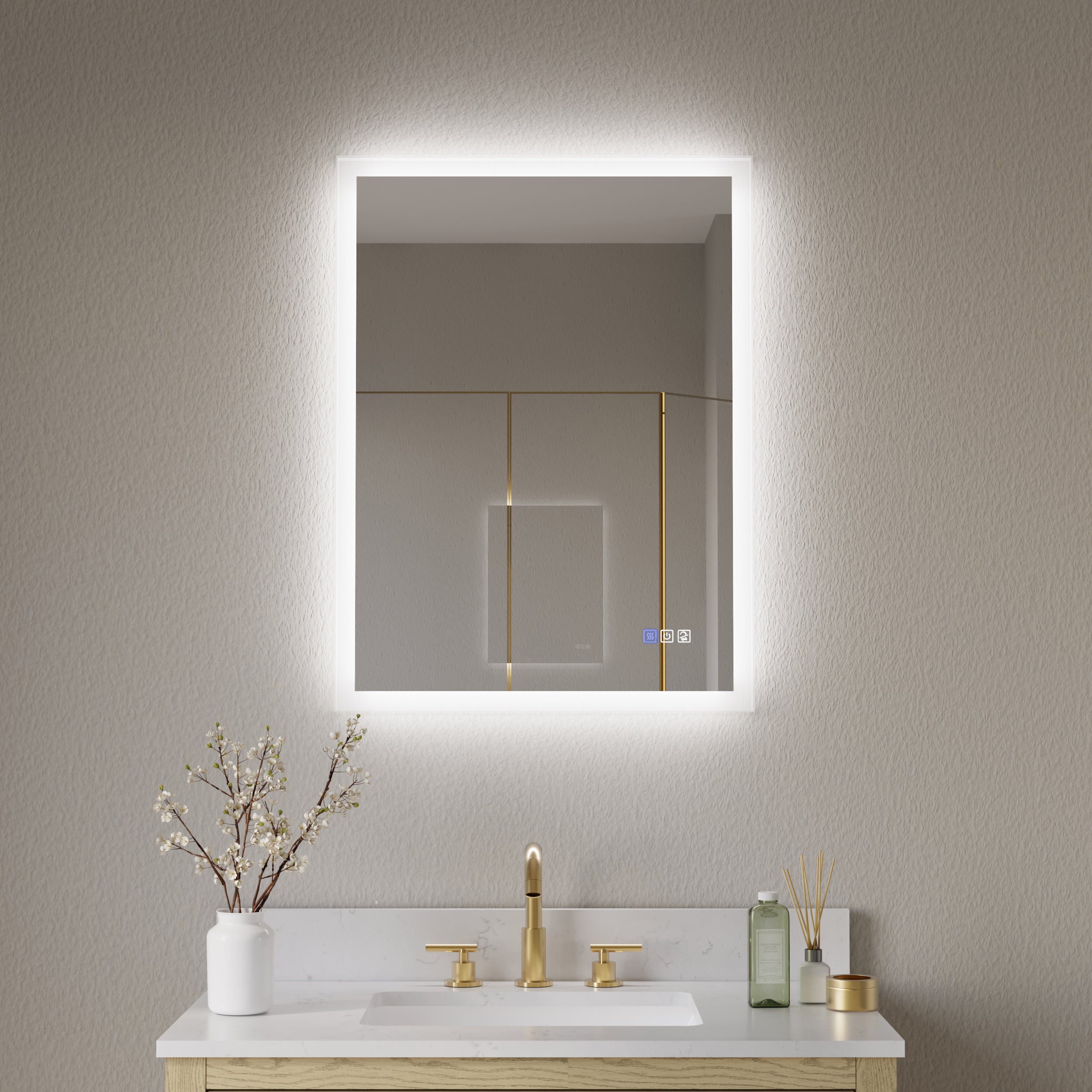

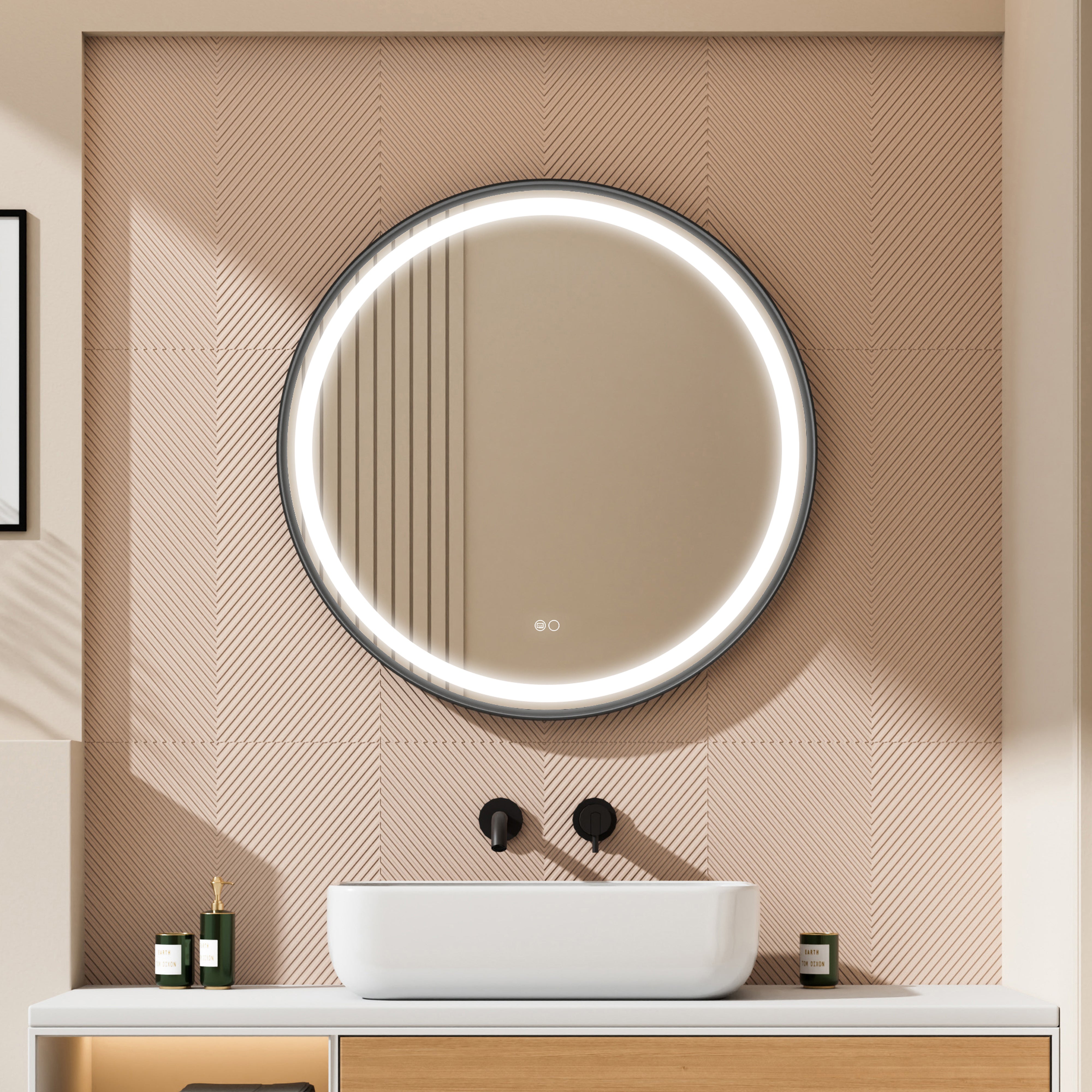
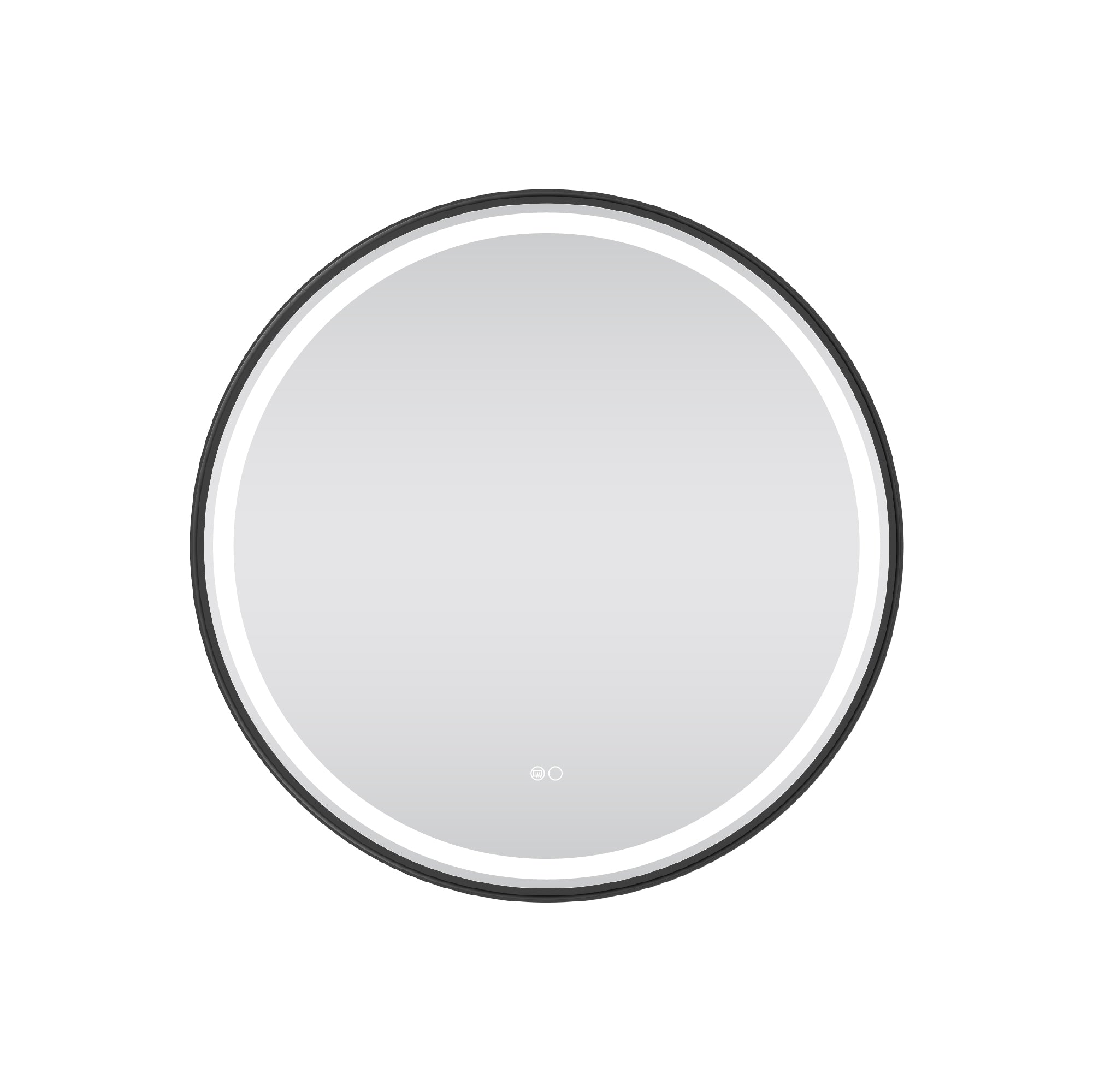


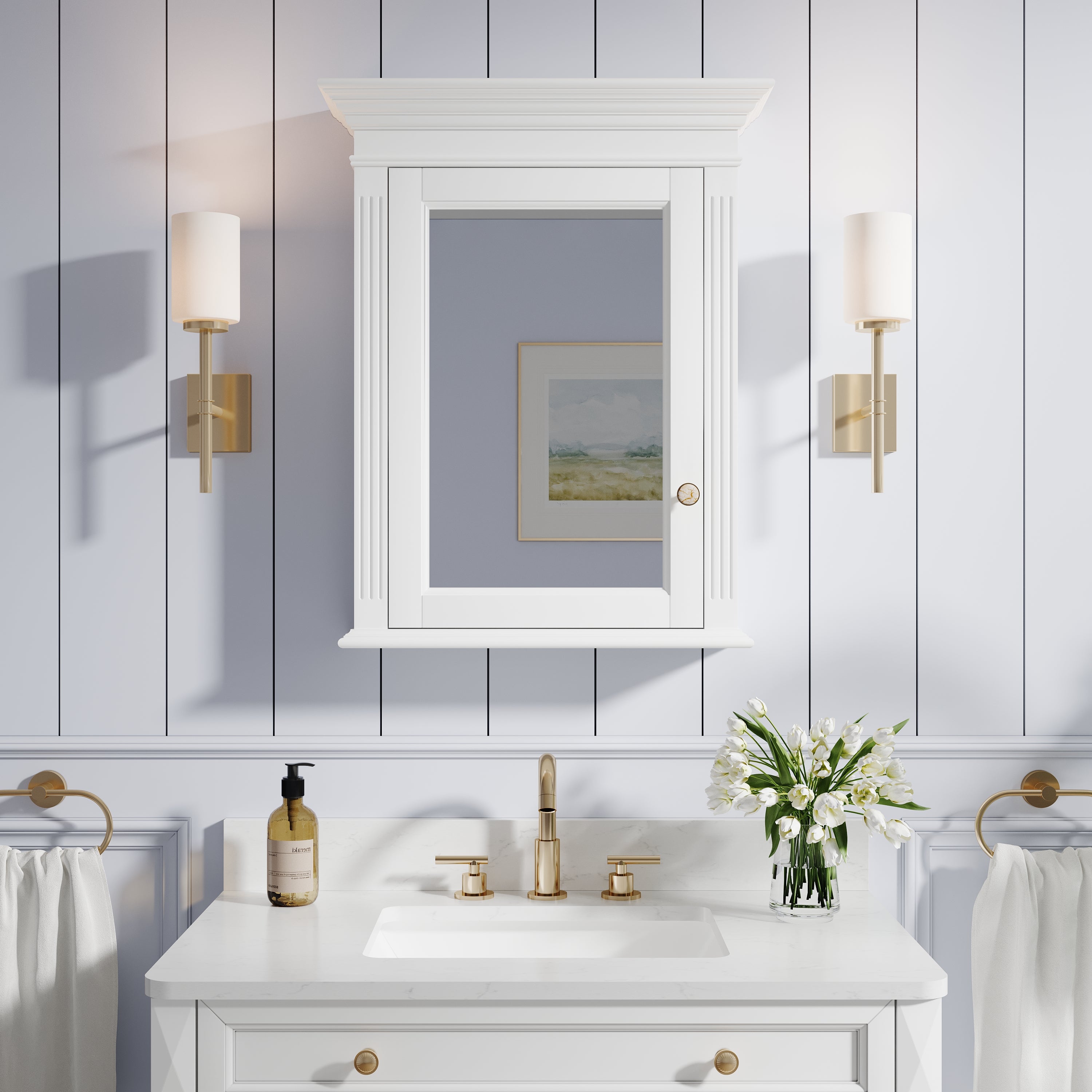
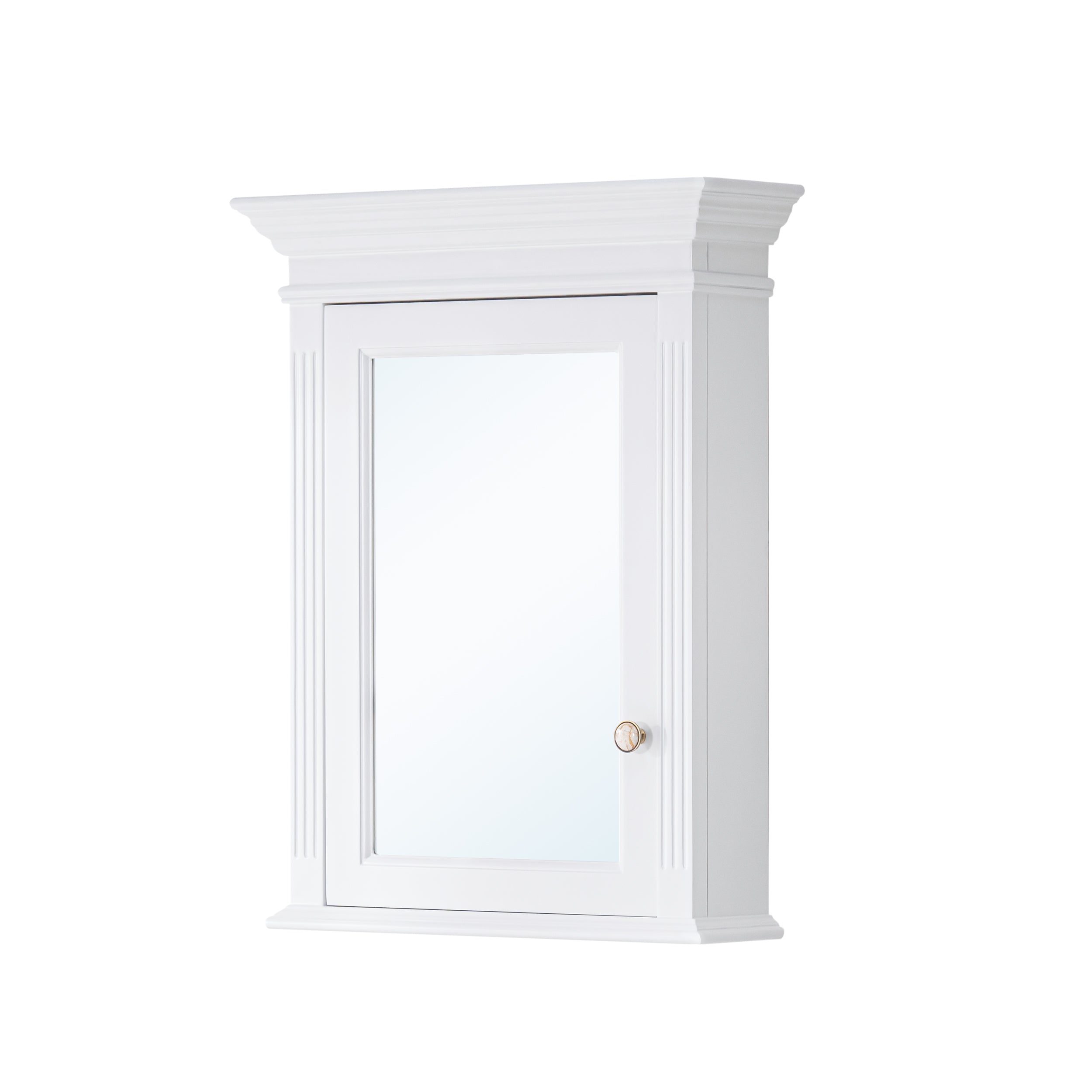
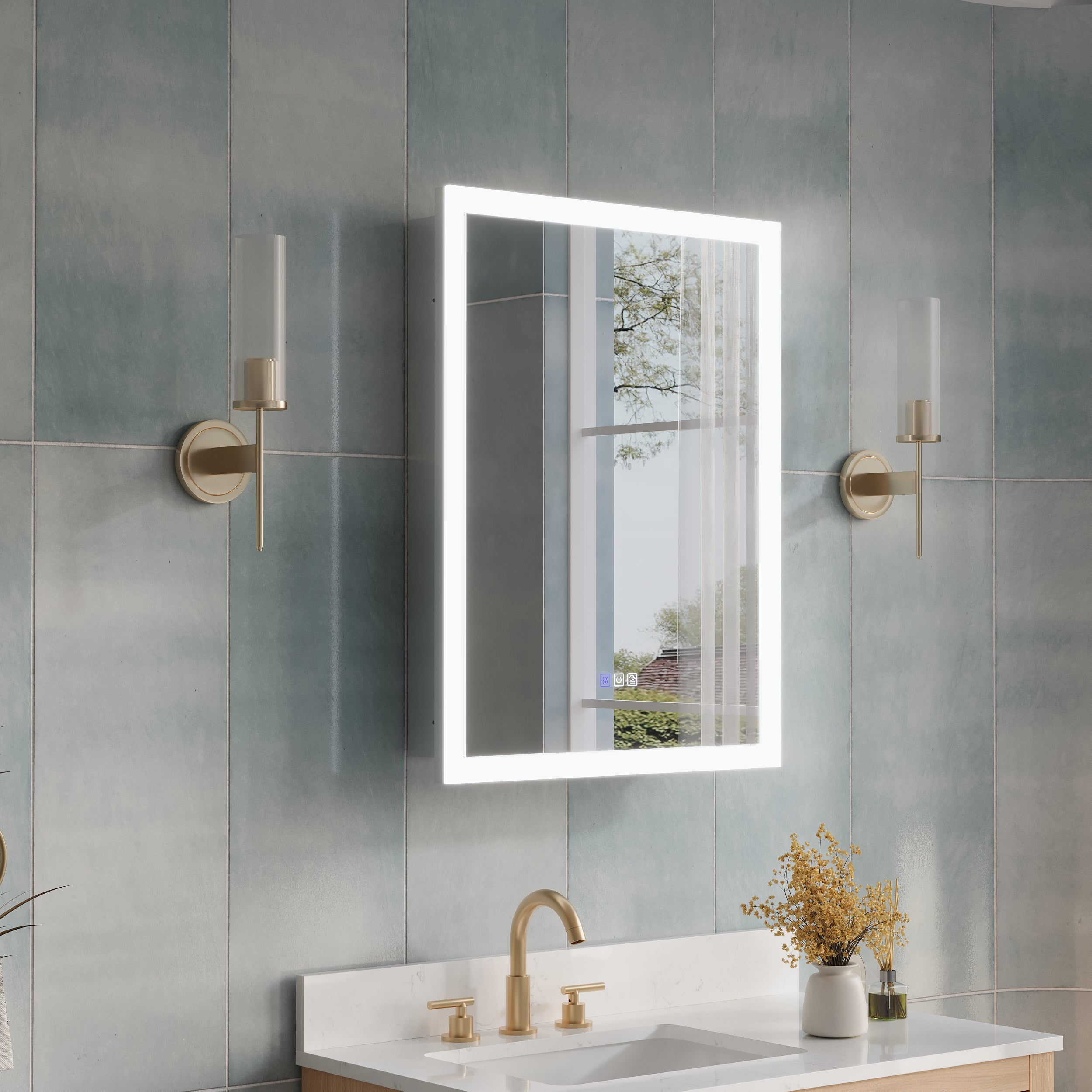
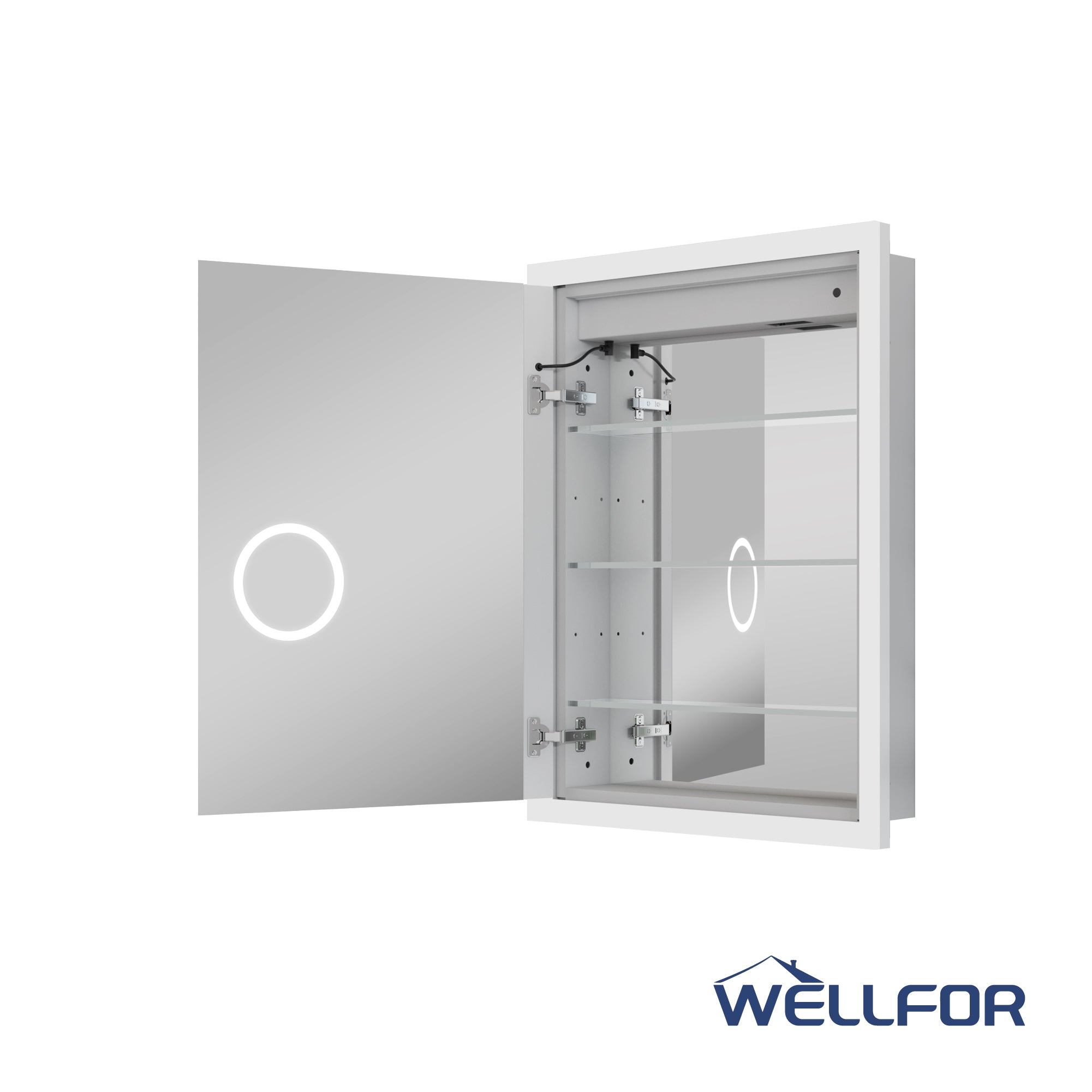
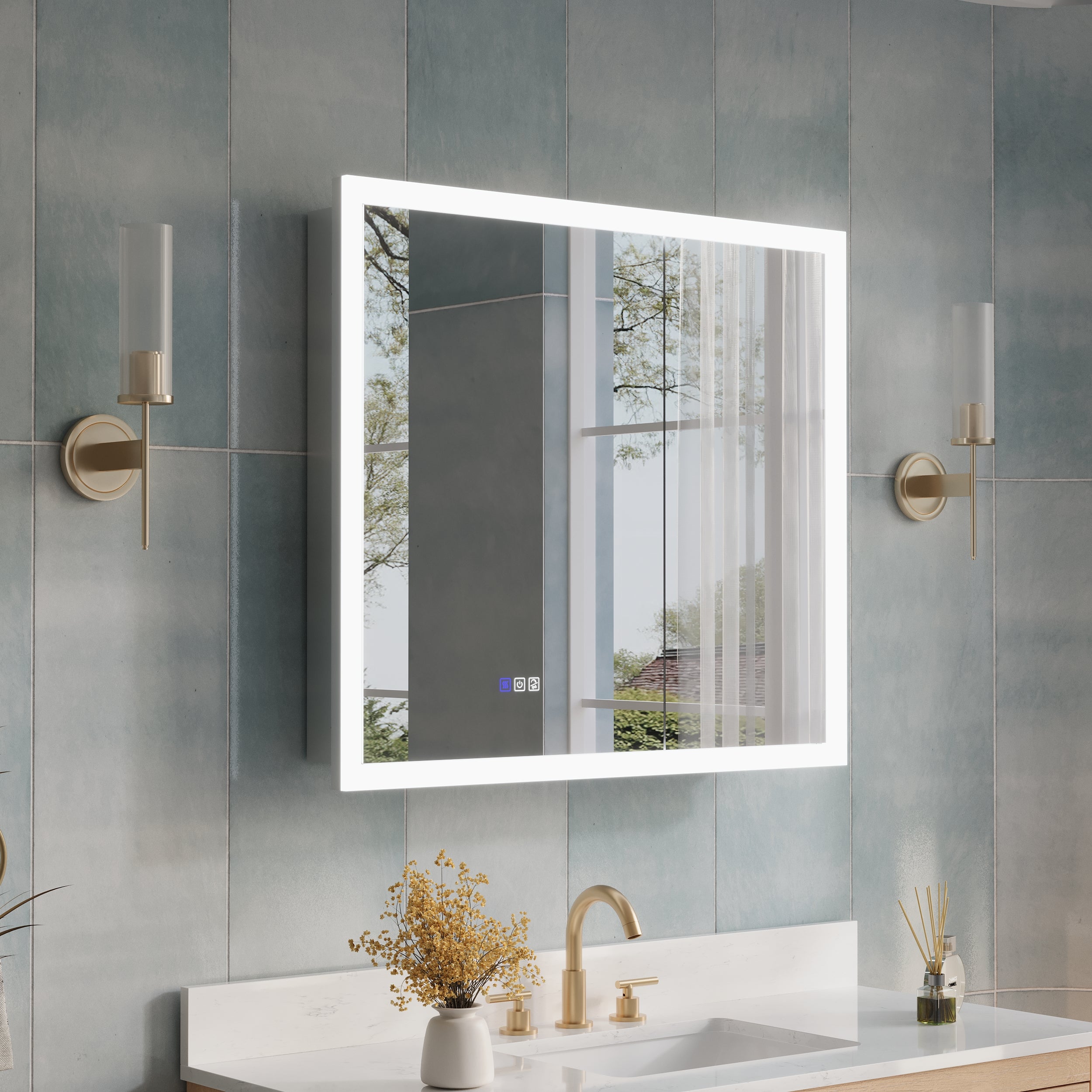




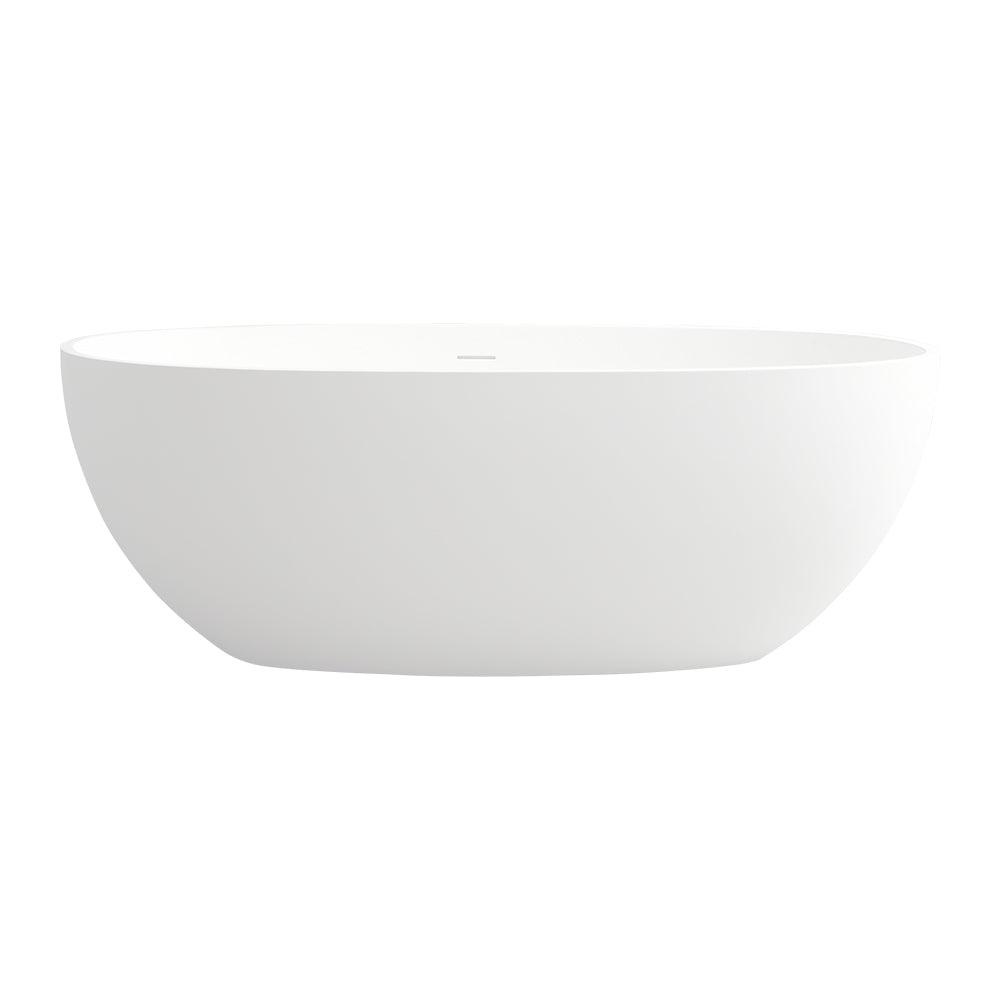
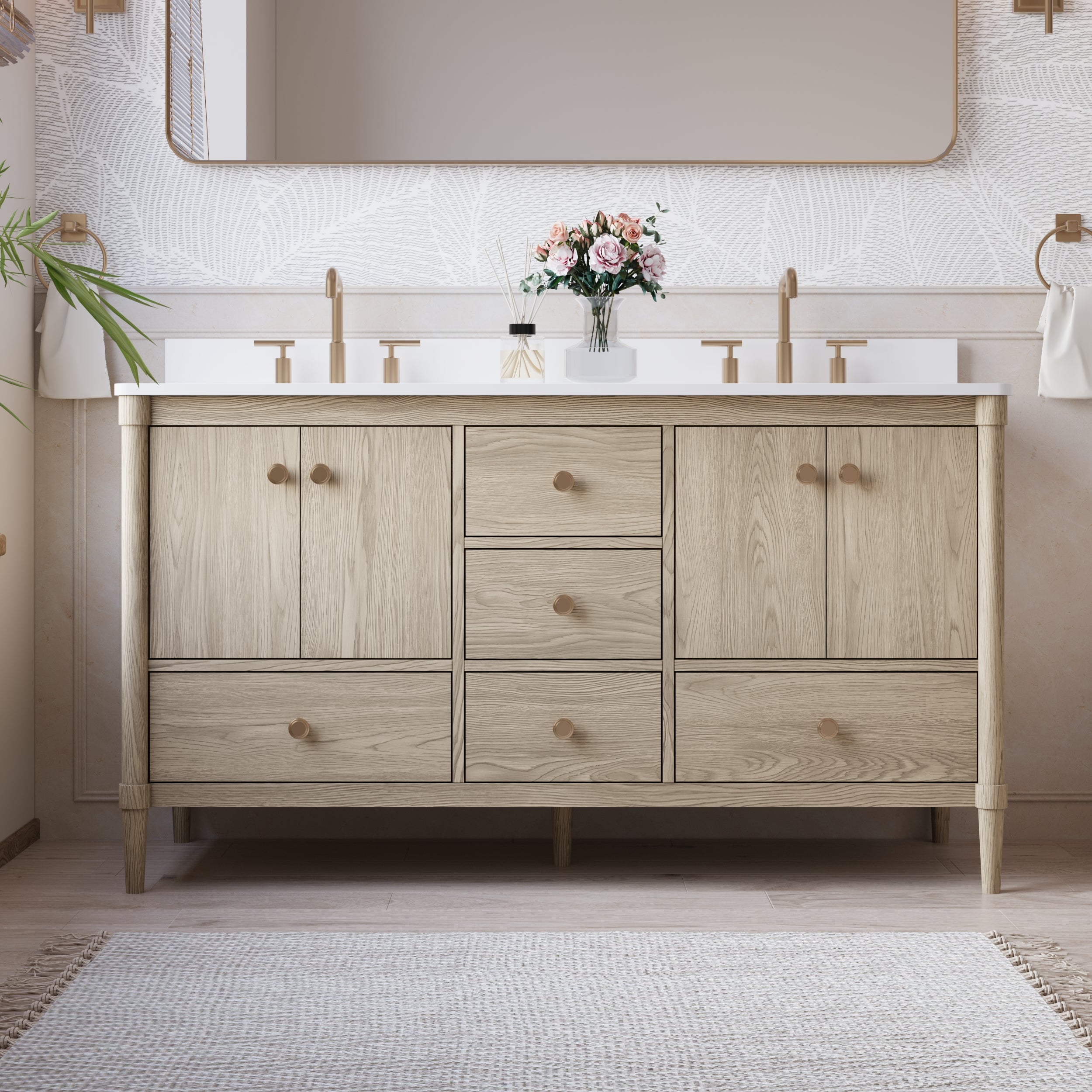
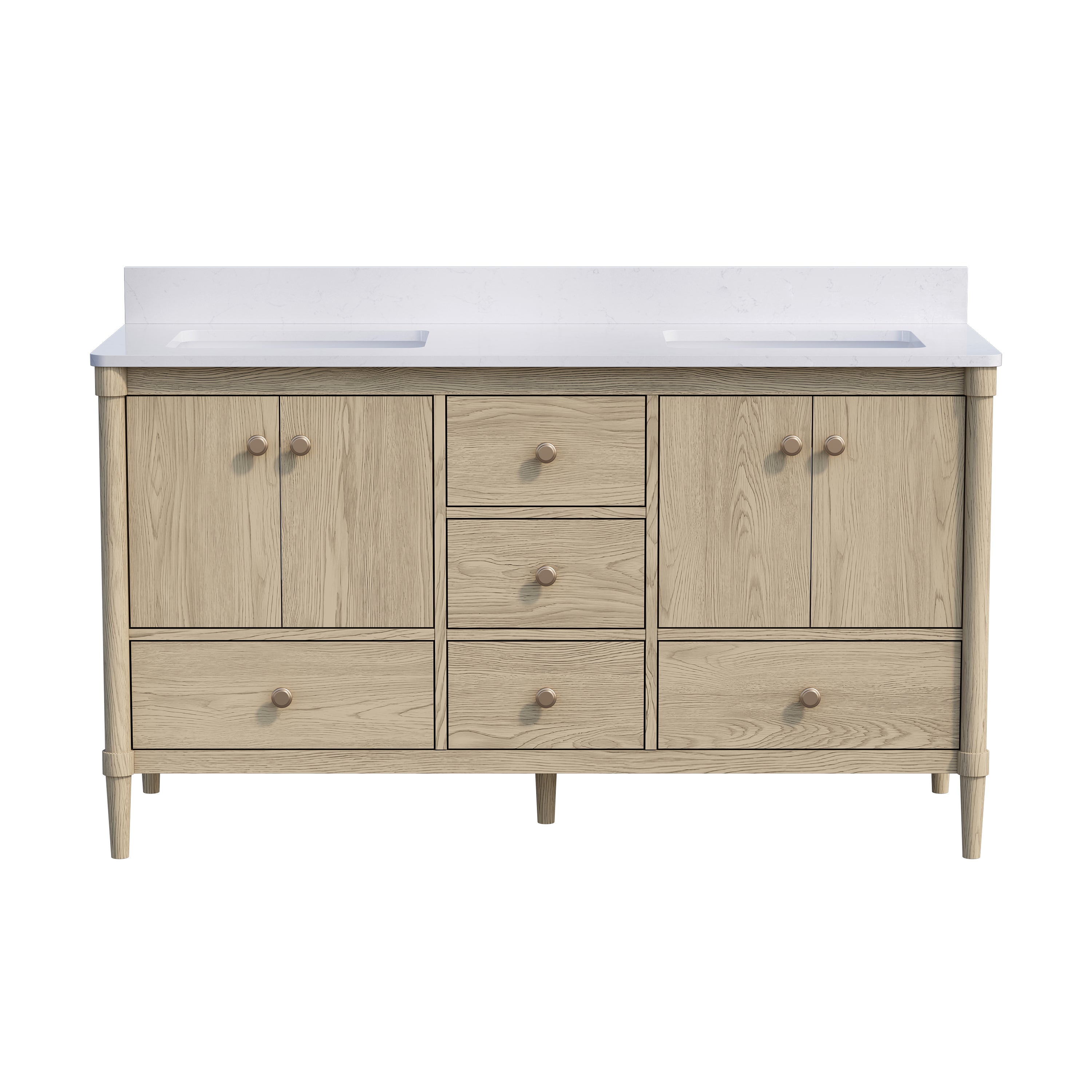
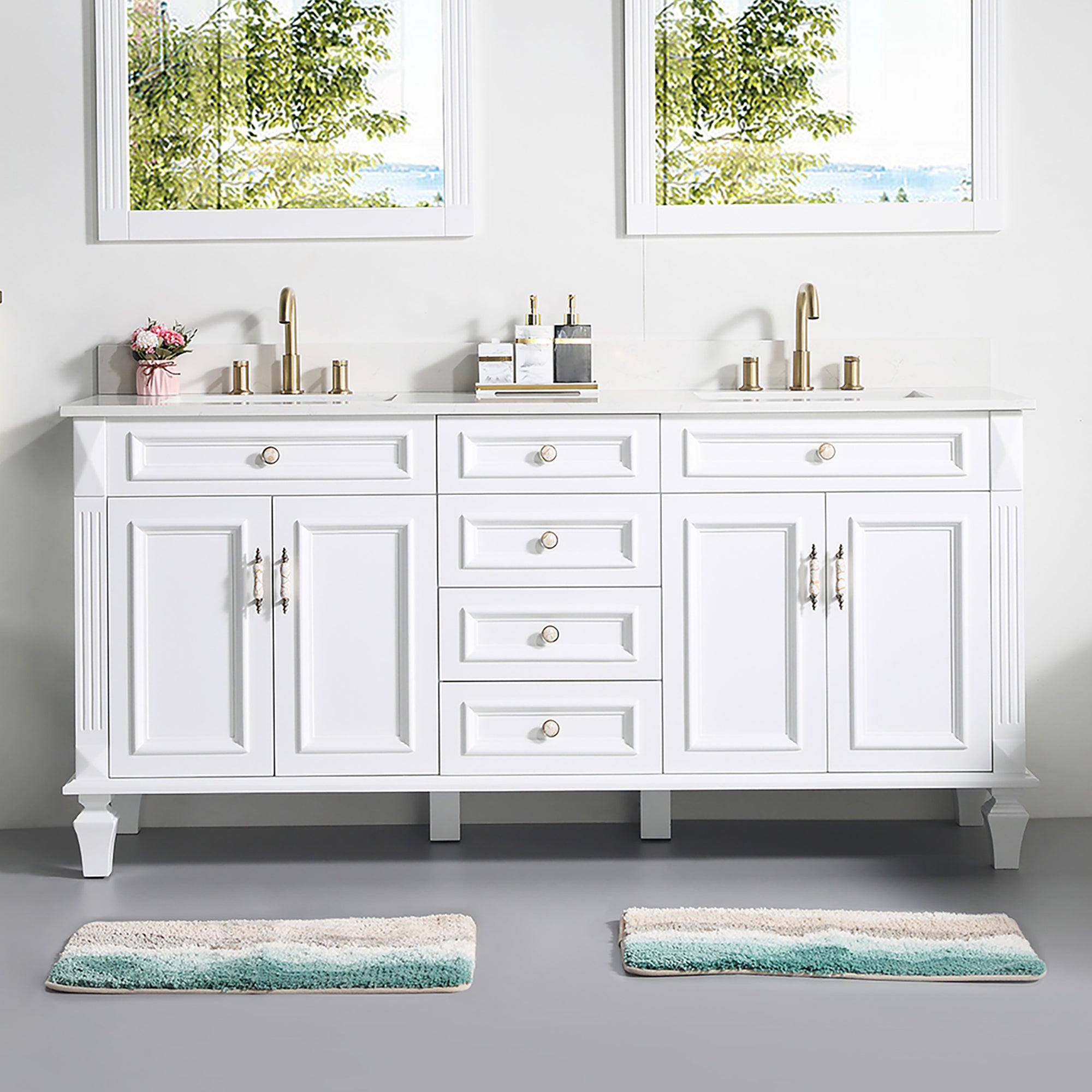

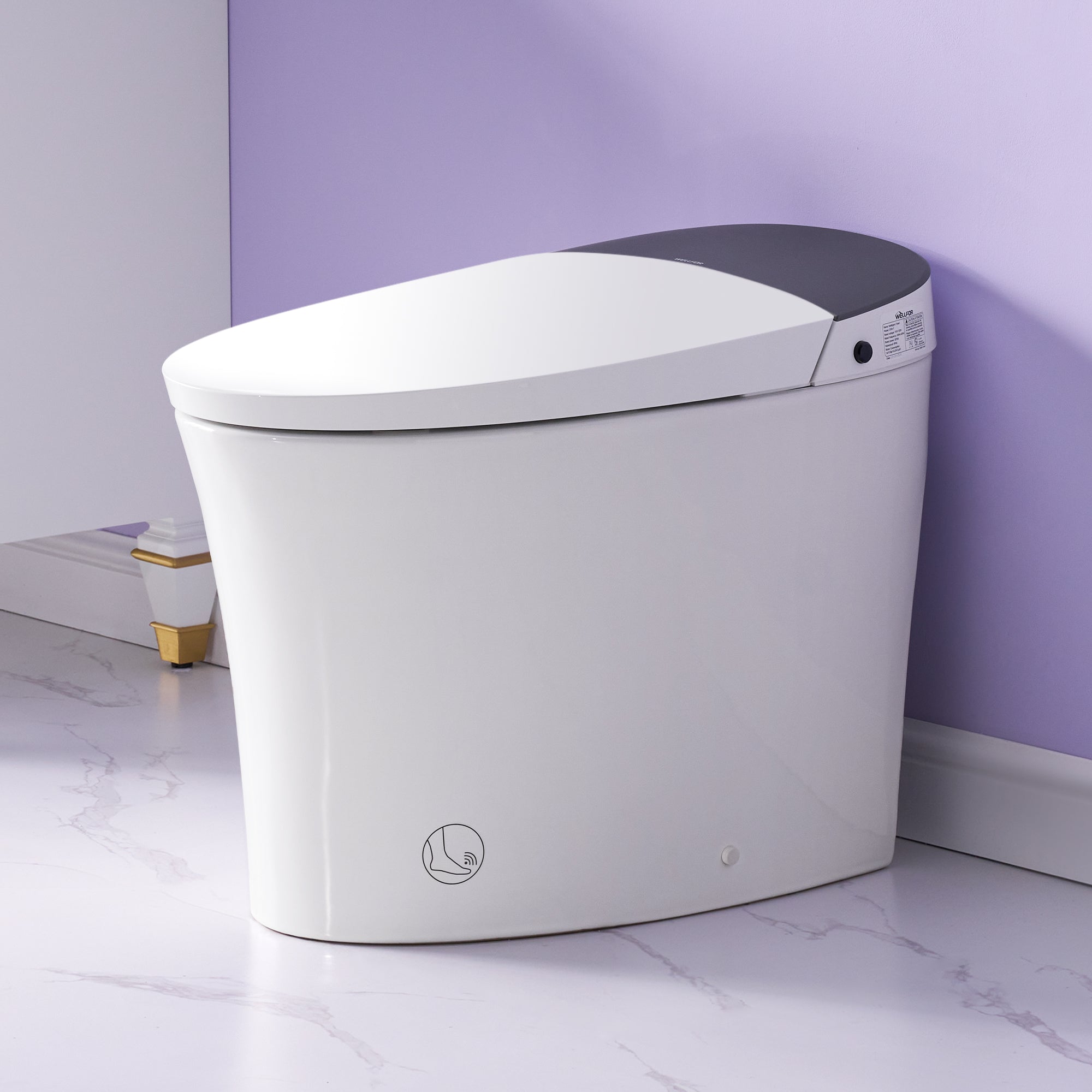
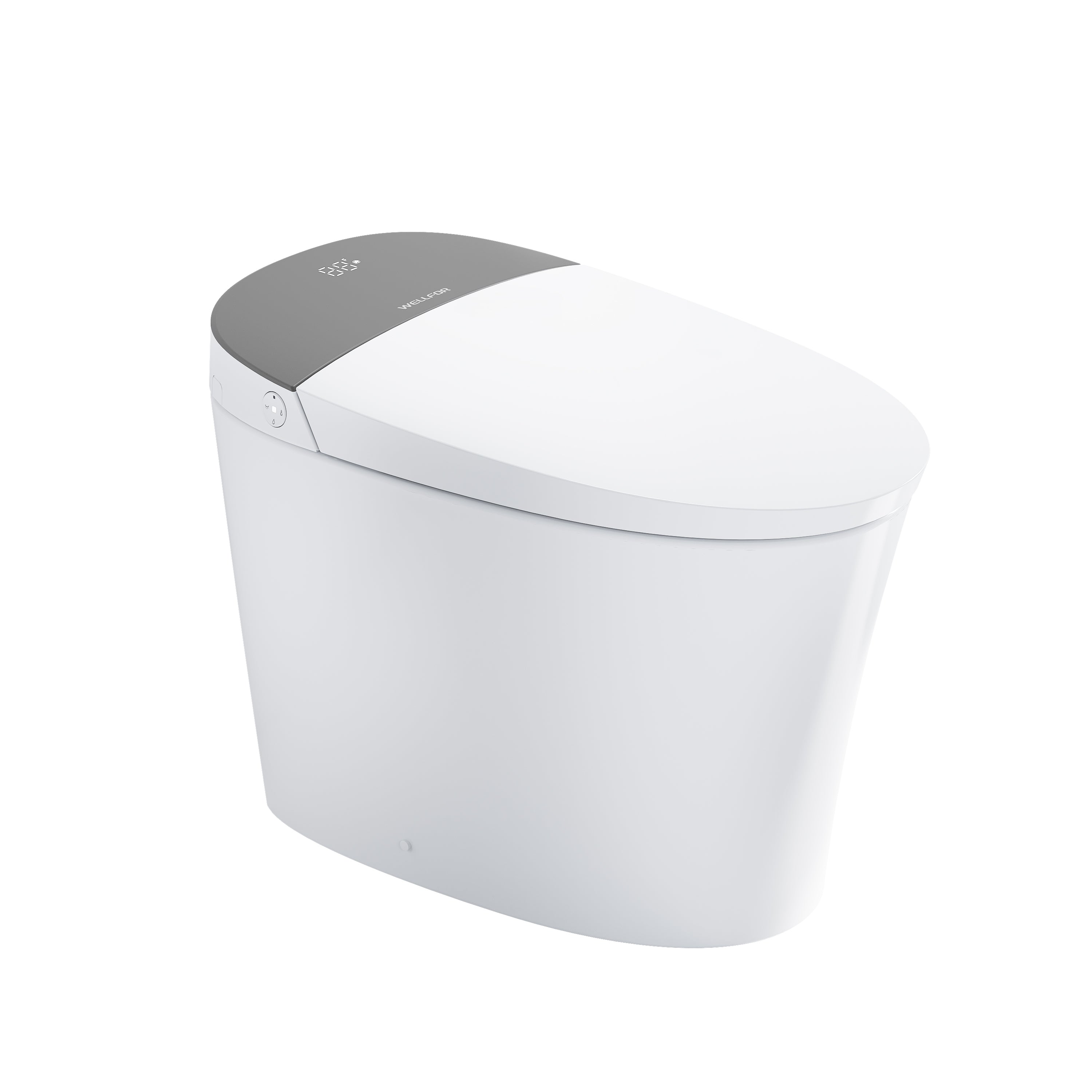

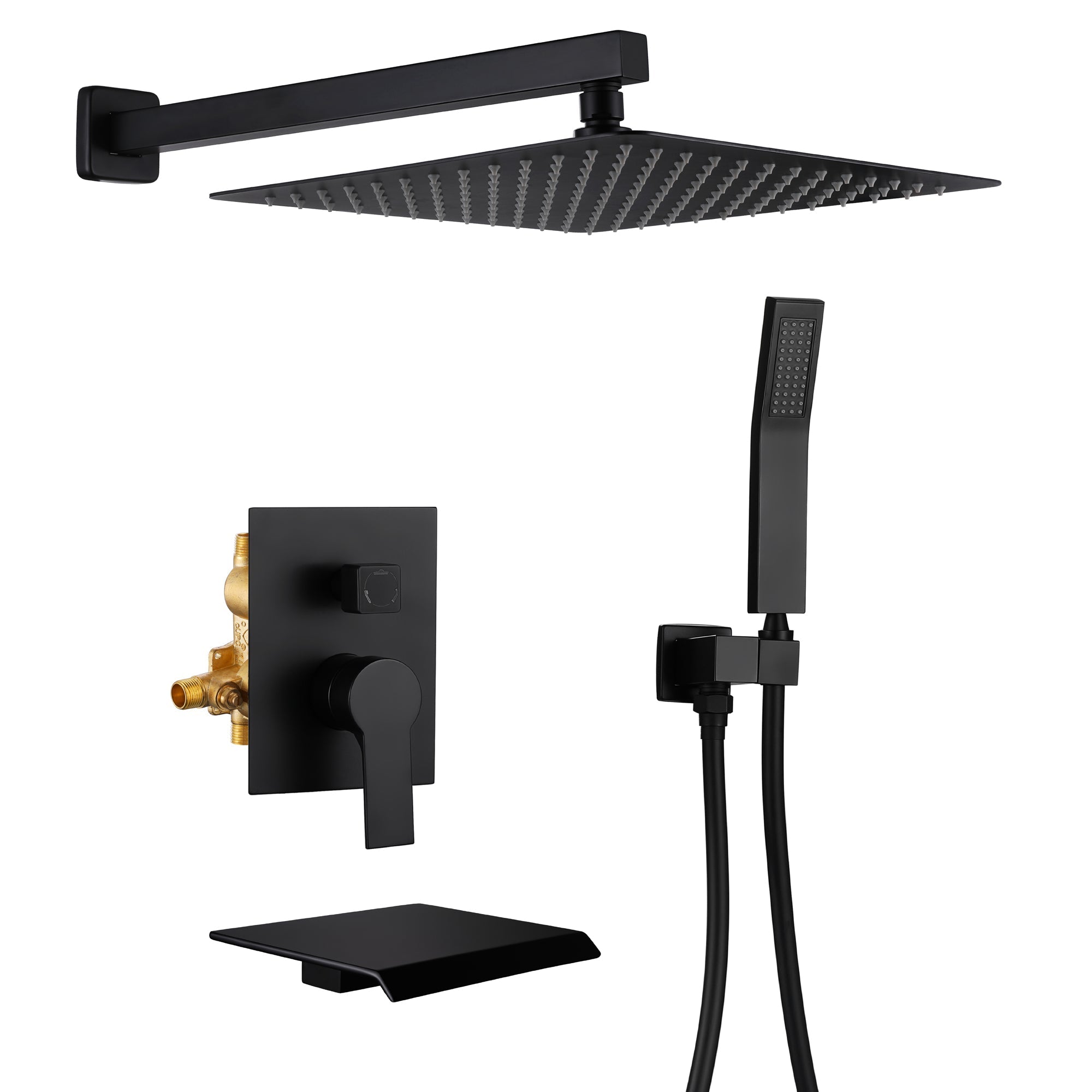
Leave a comment
This site is protected by hCaptcha and the hCaptcha Privacy Policy and Terms of Service apply.